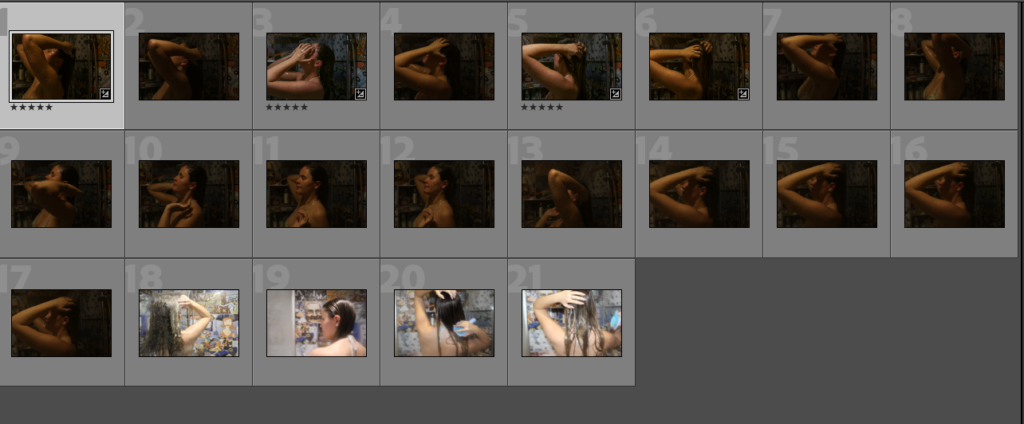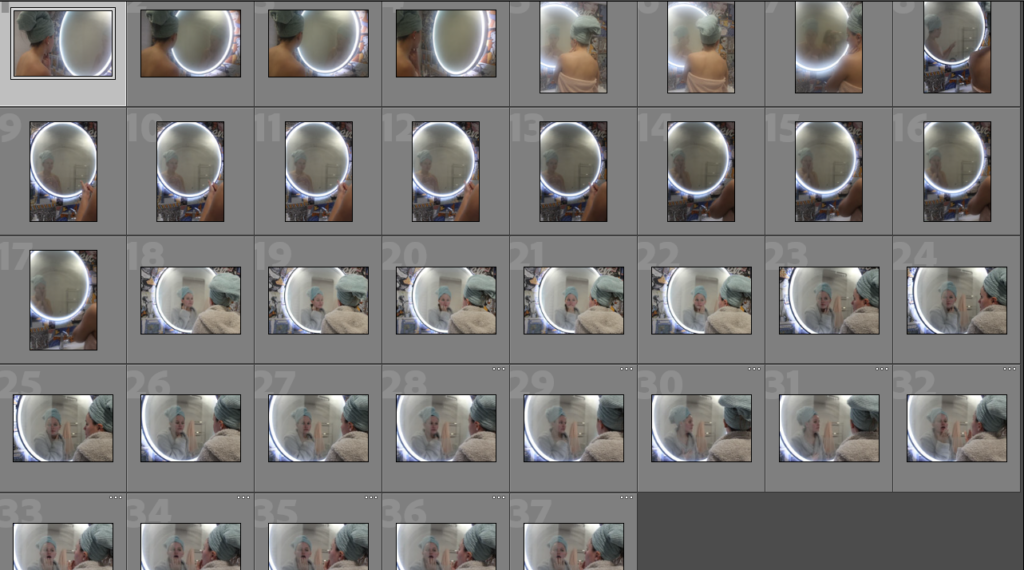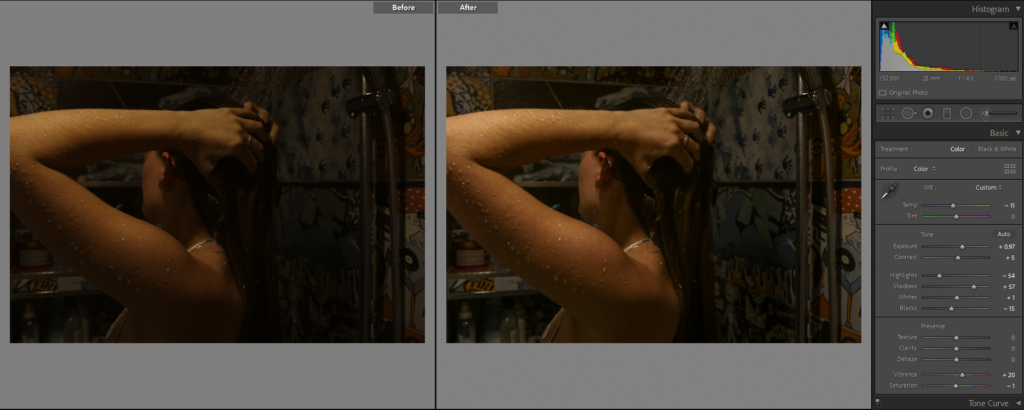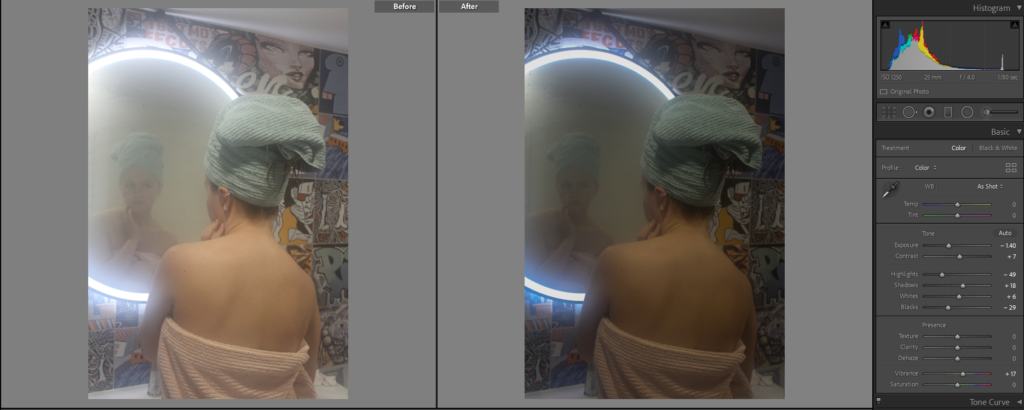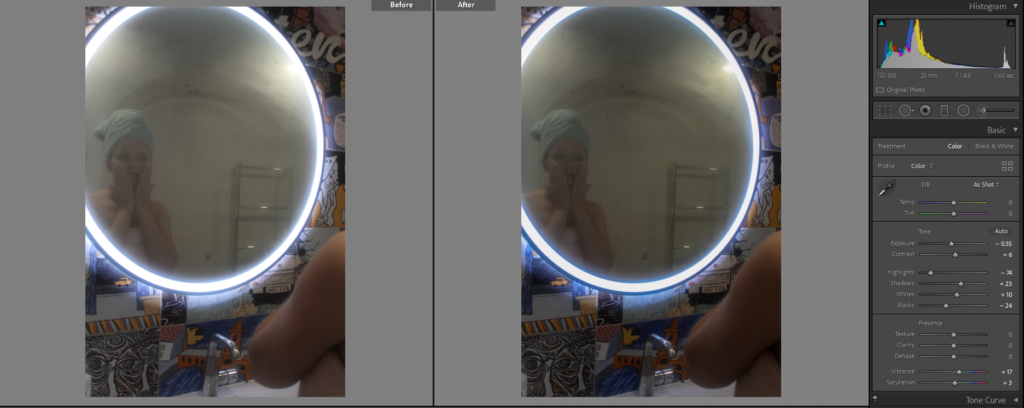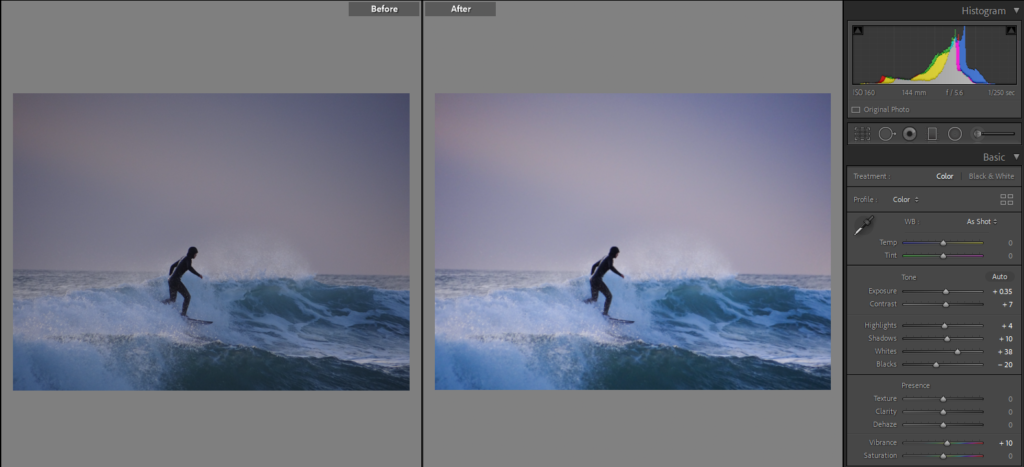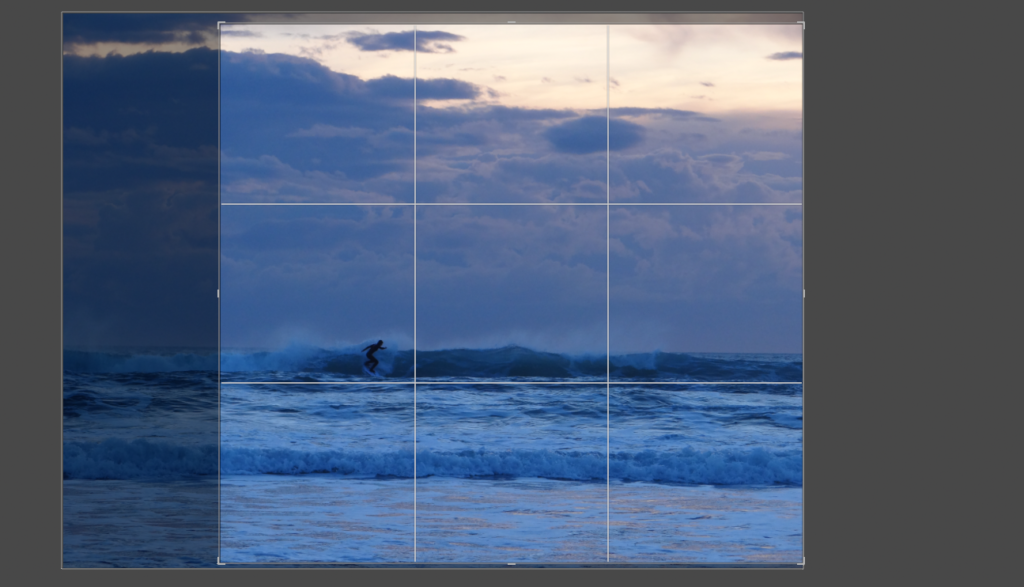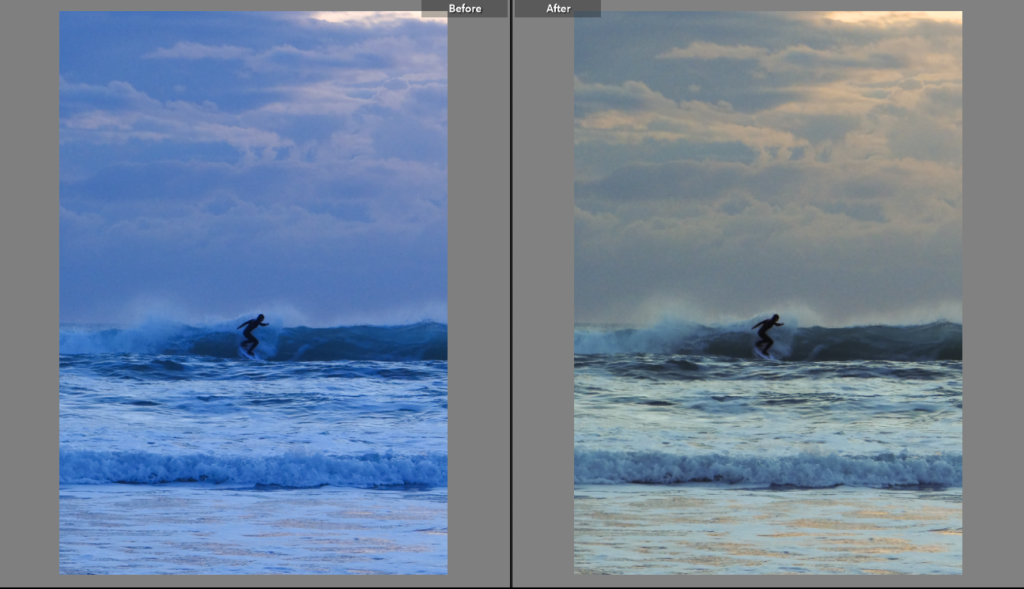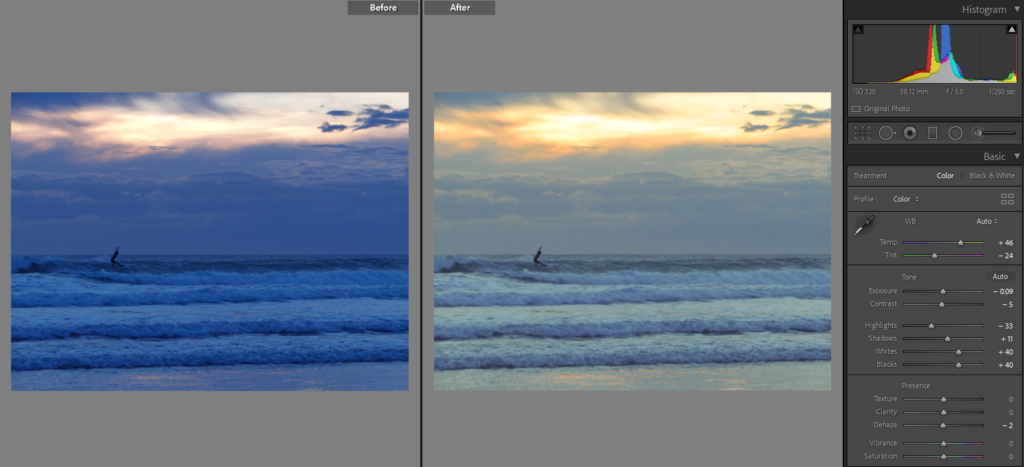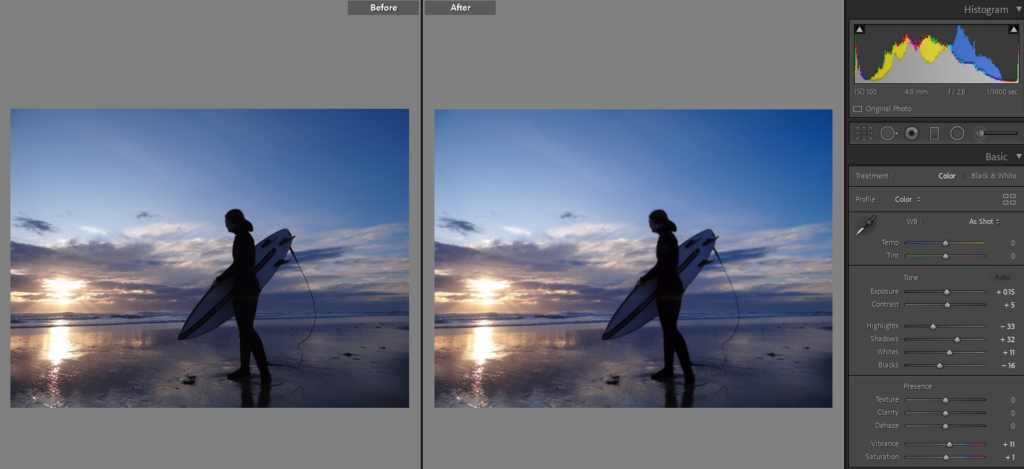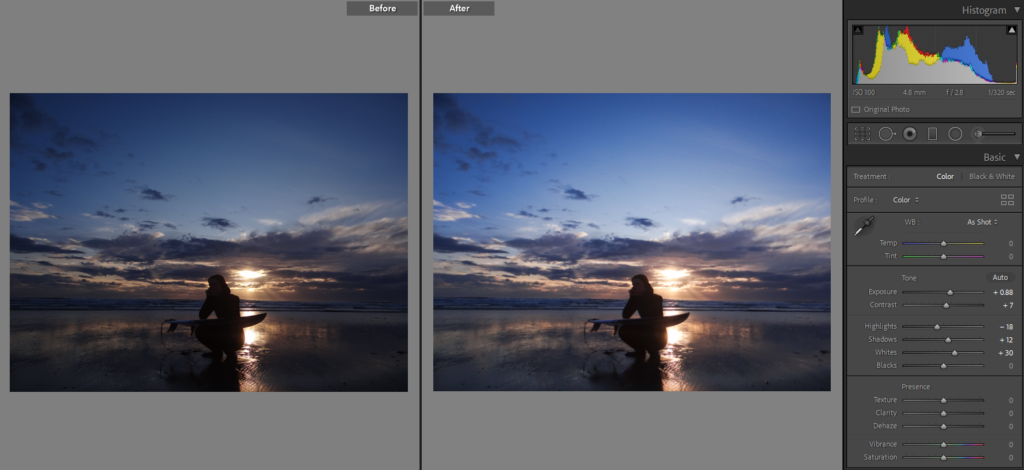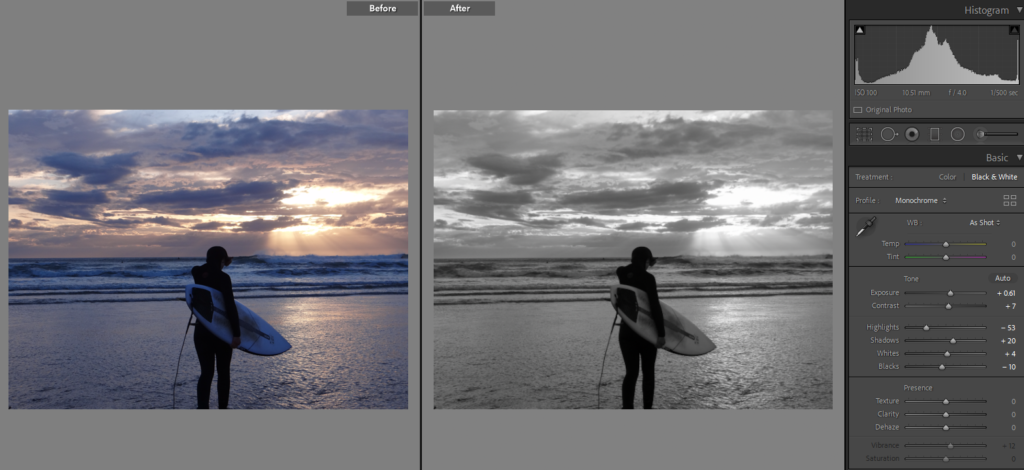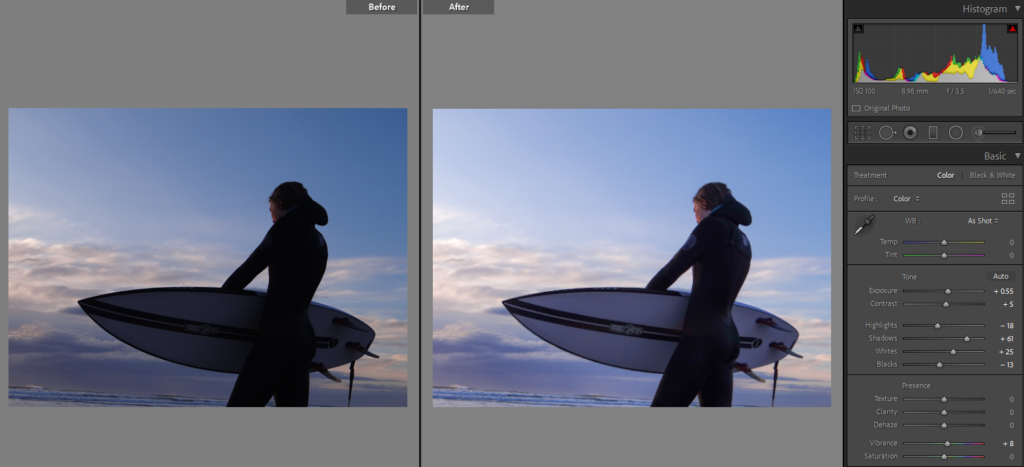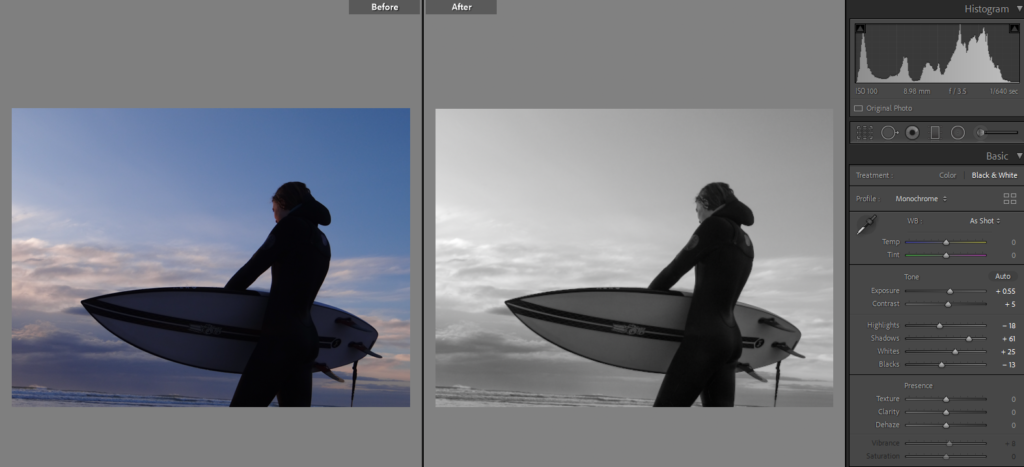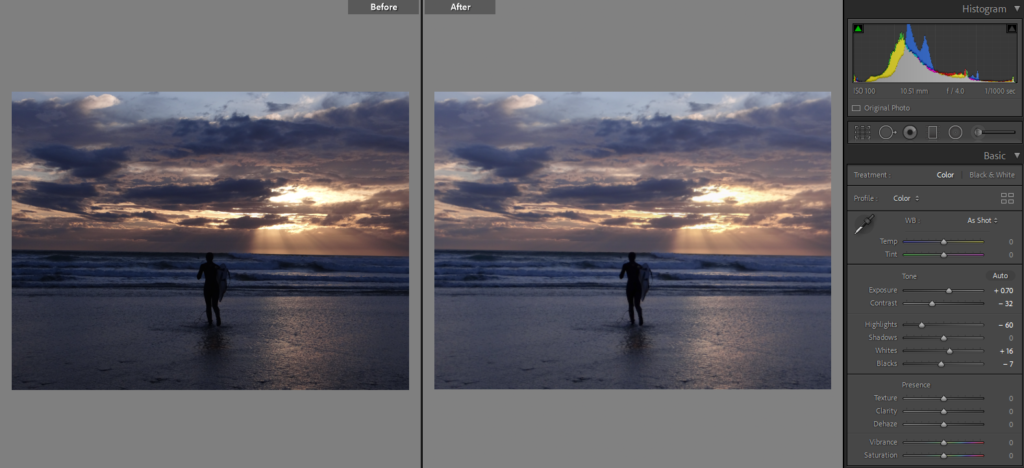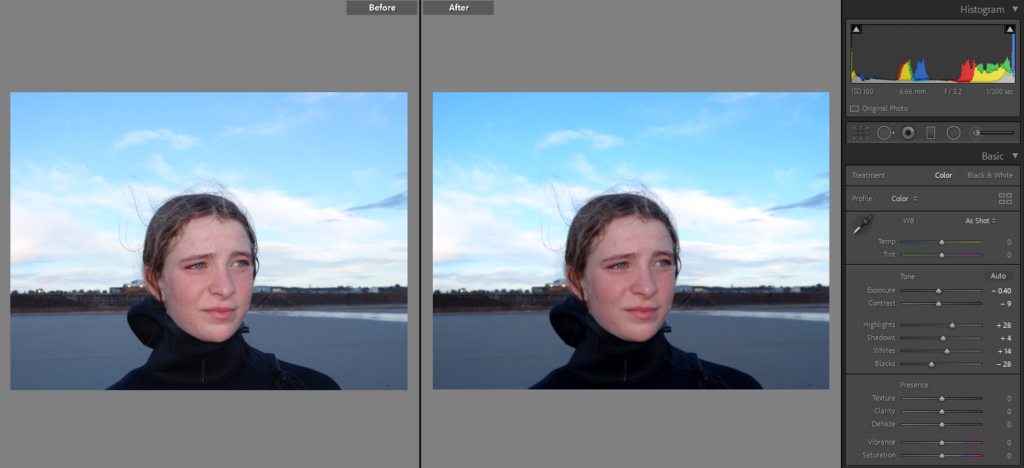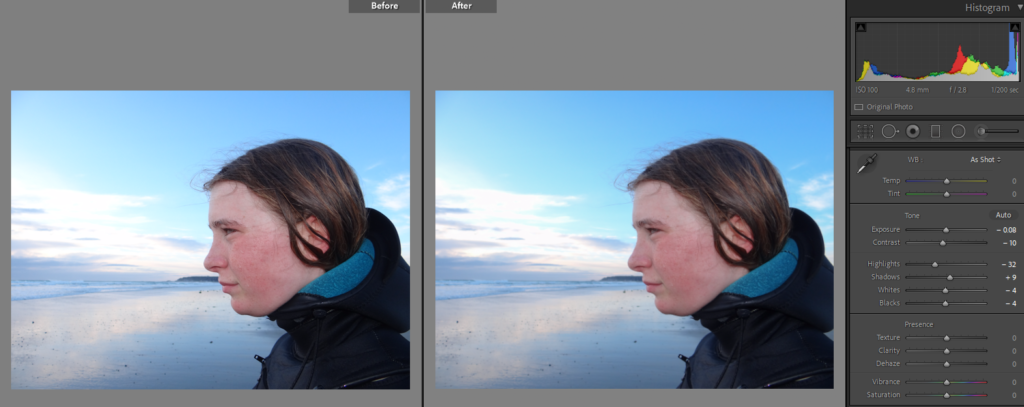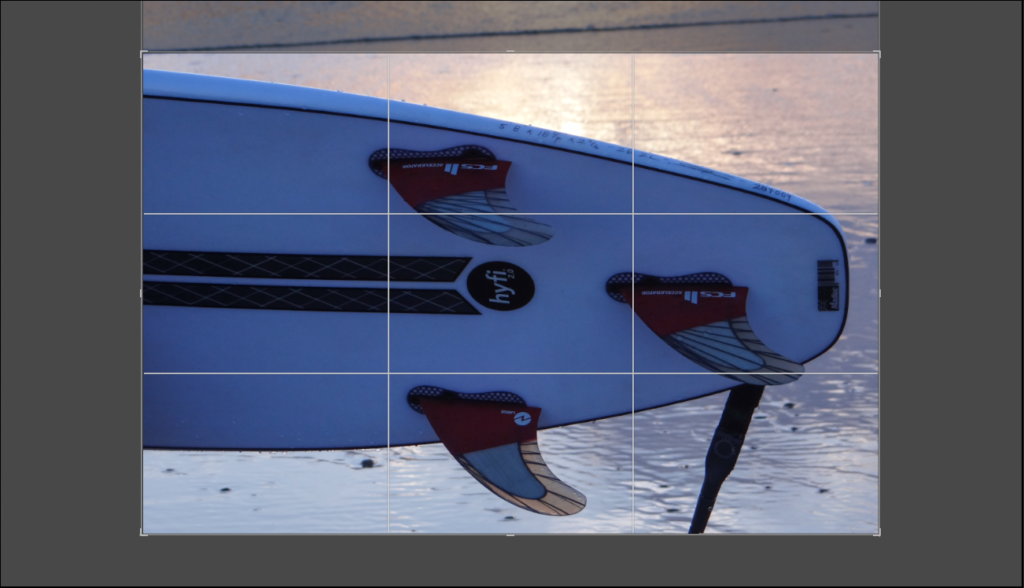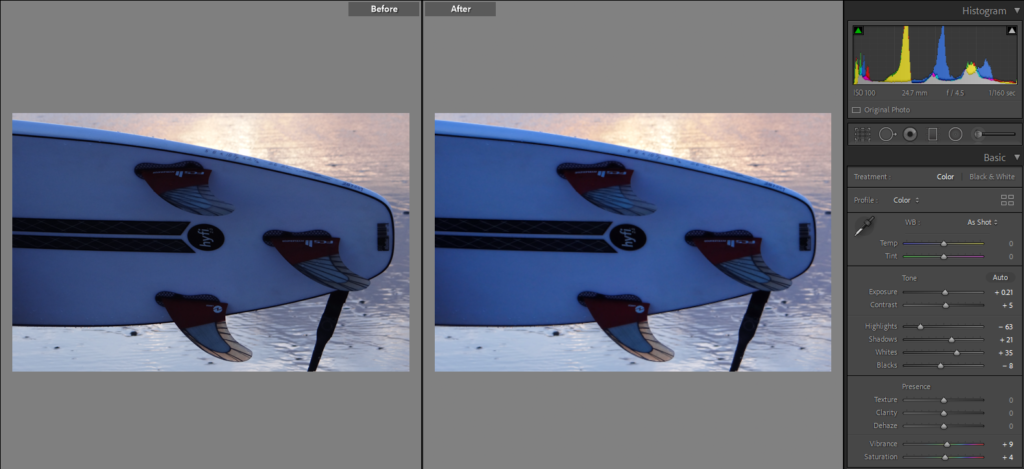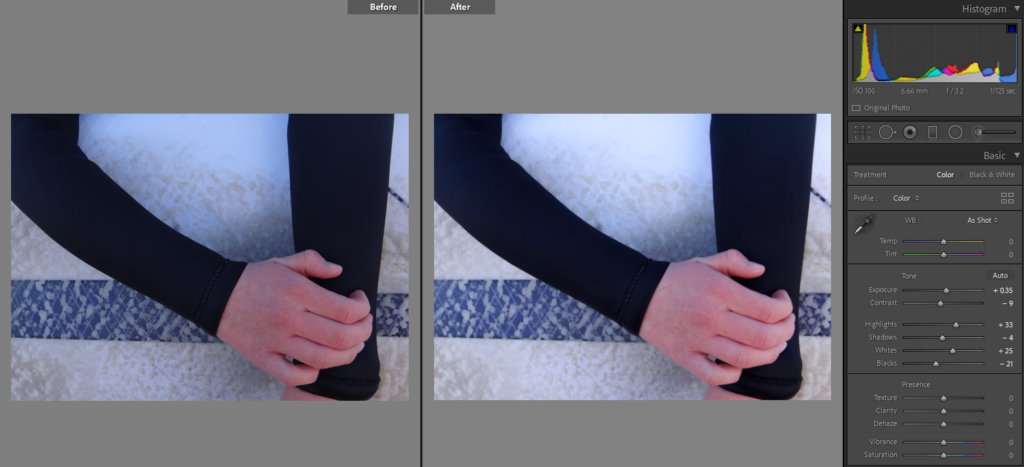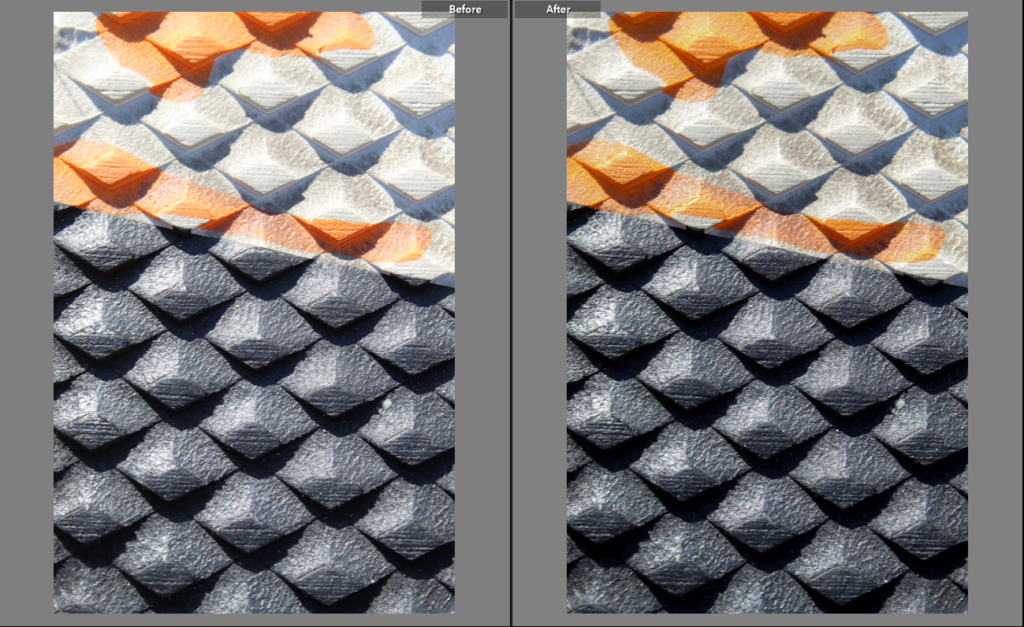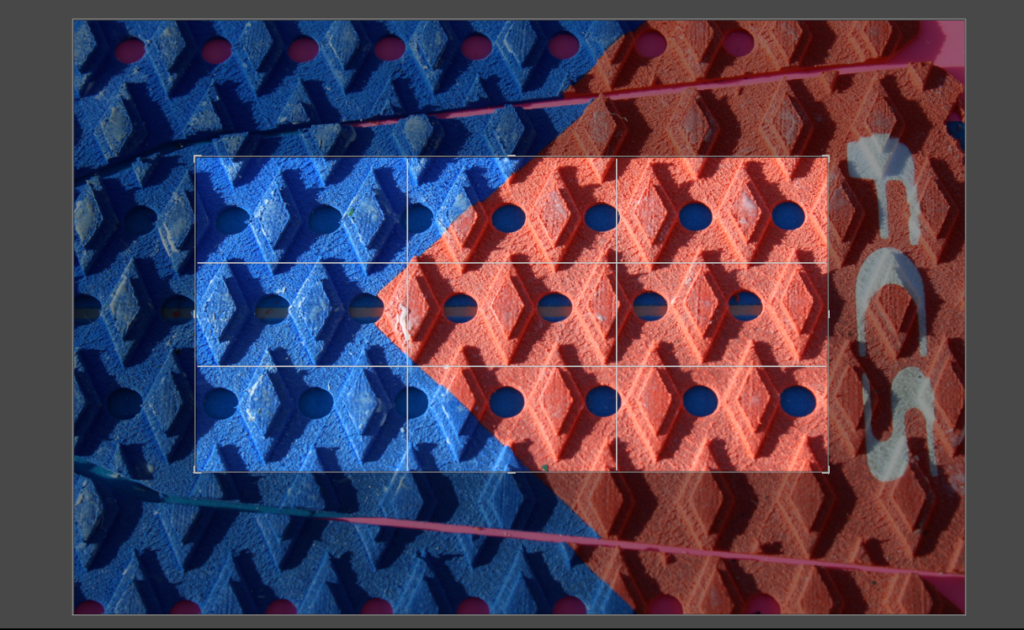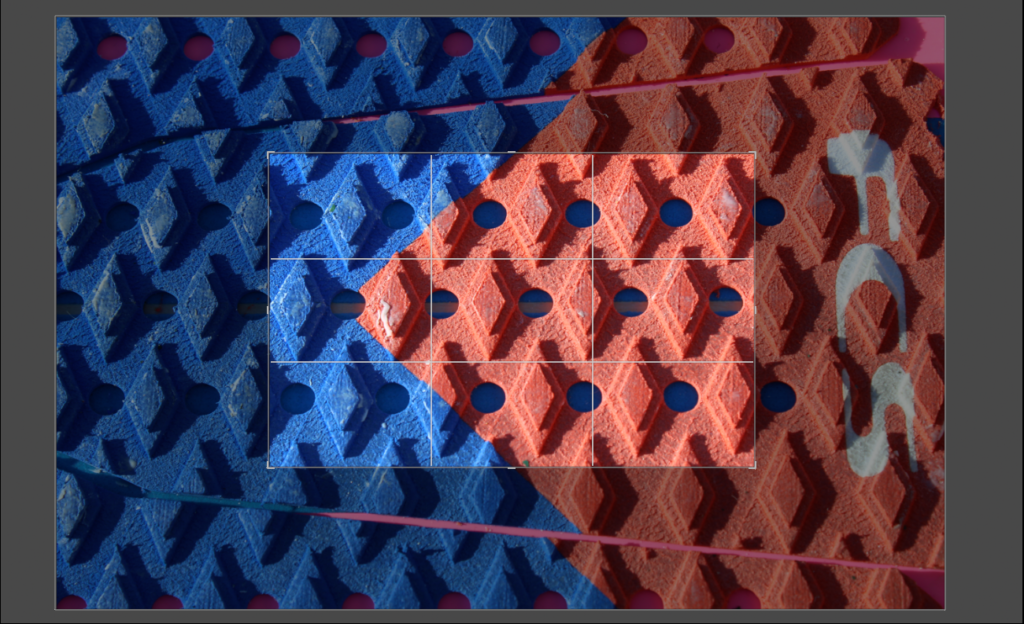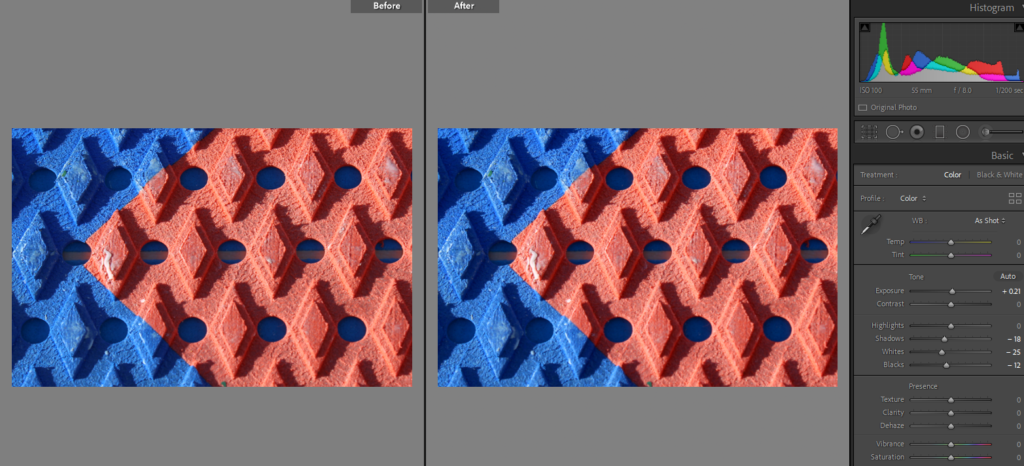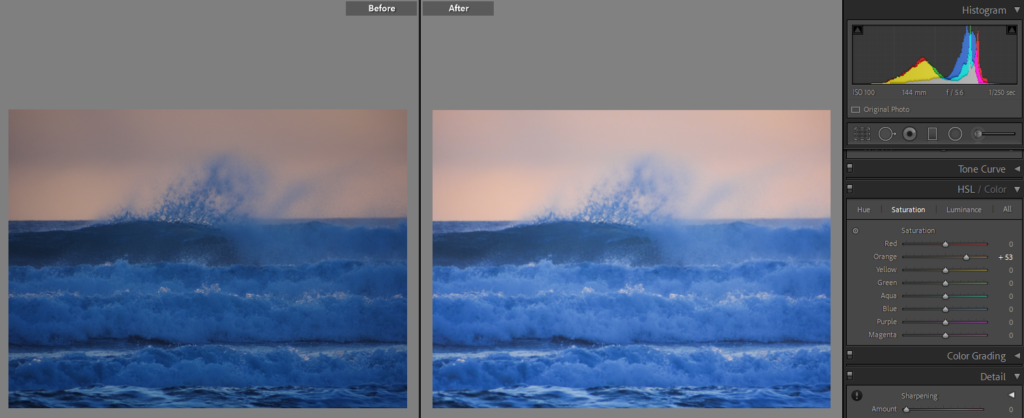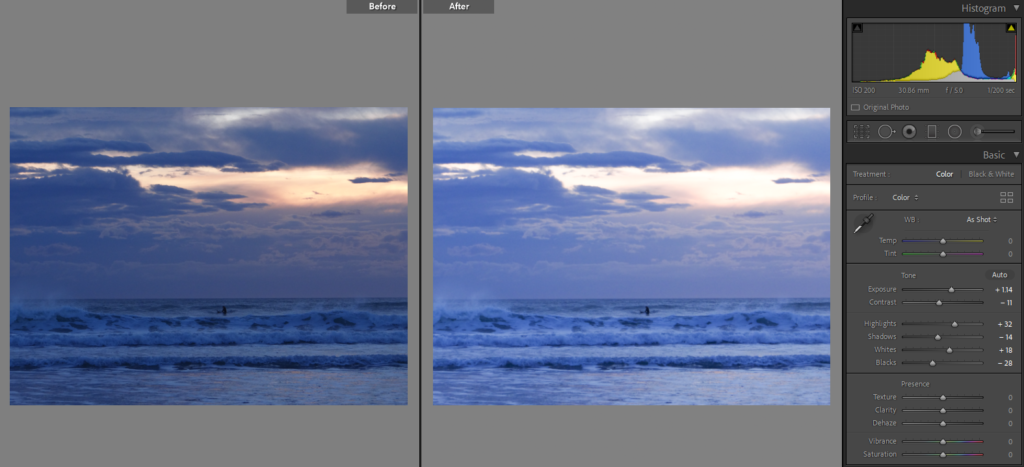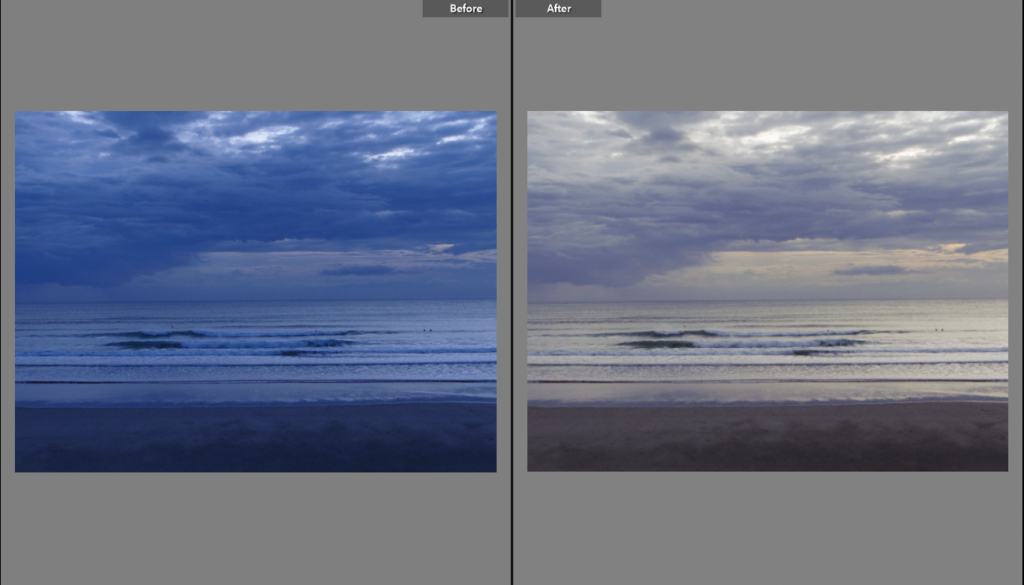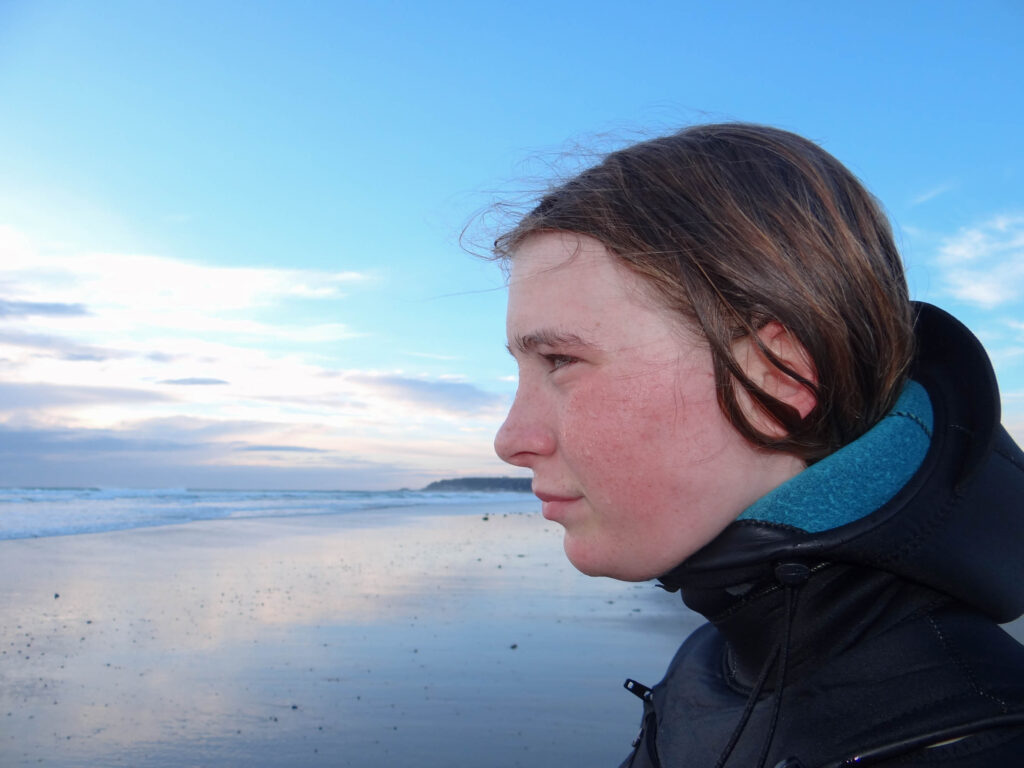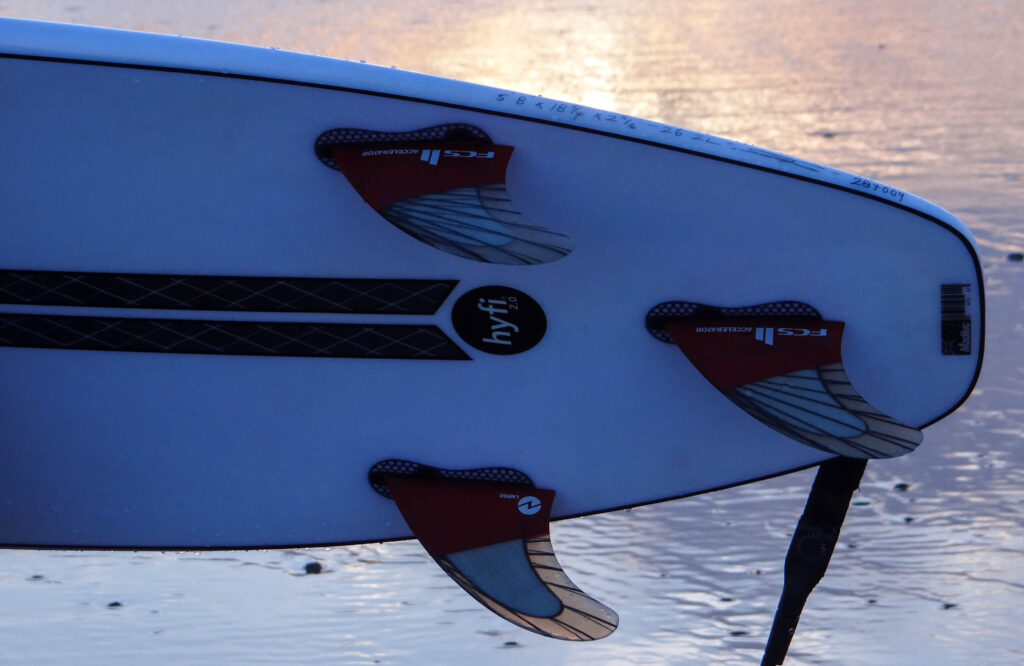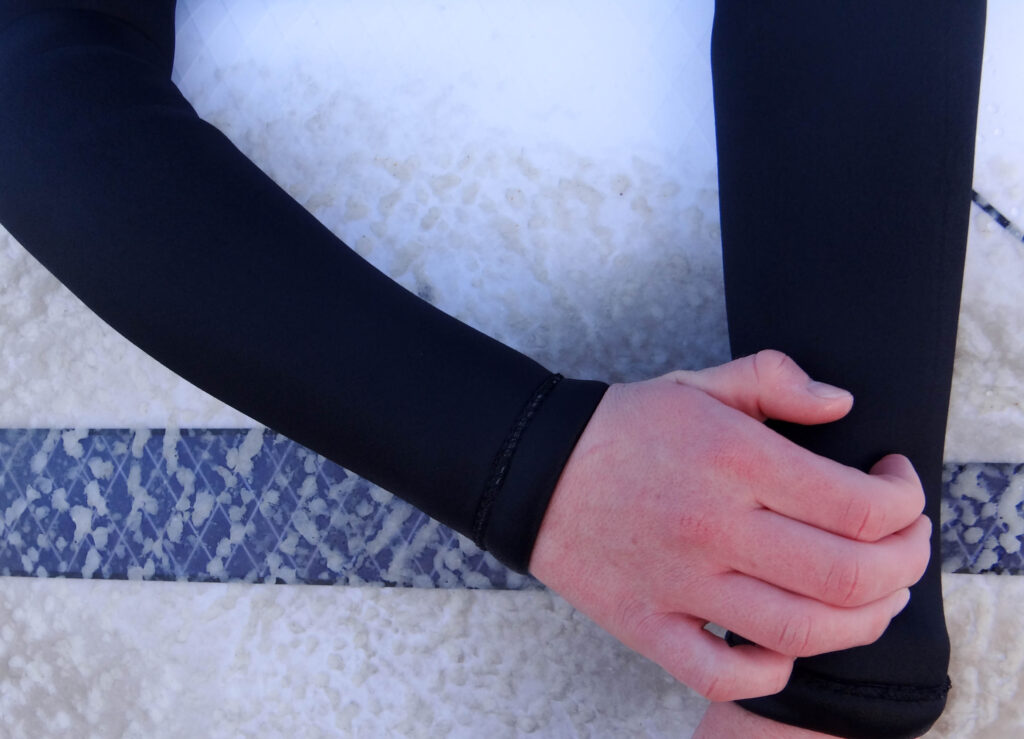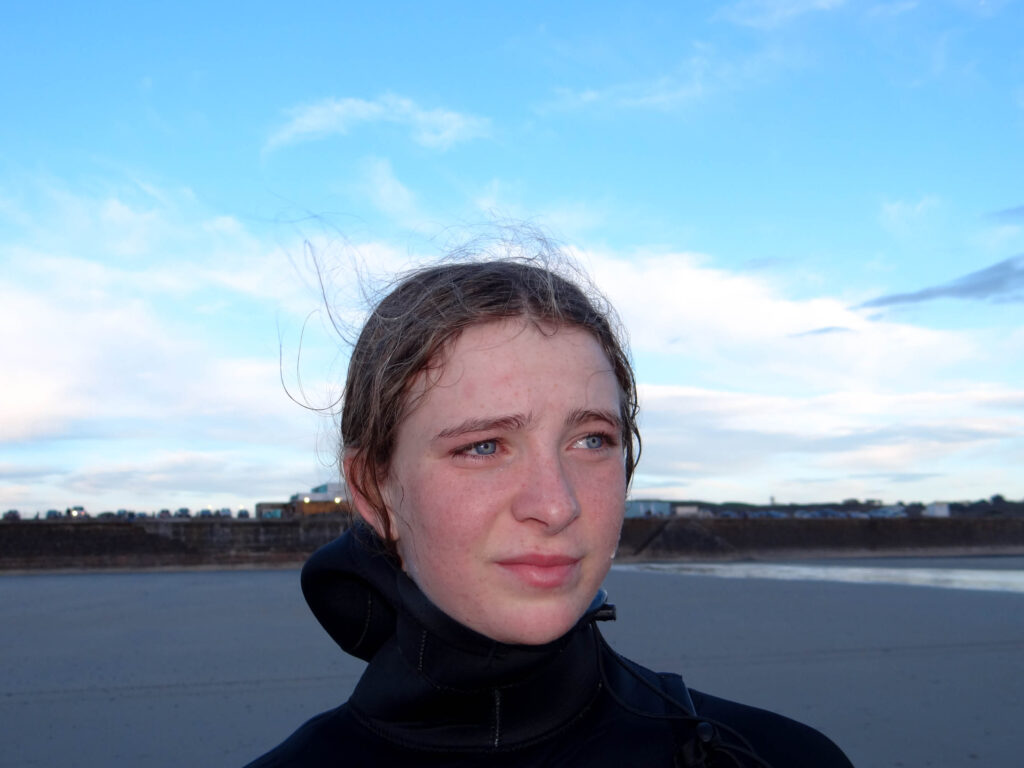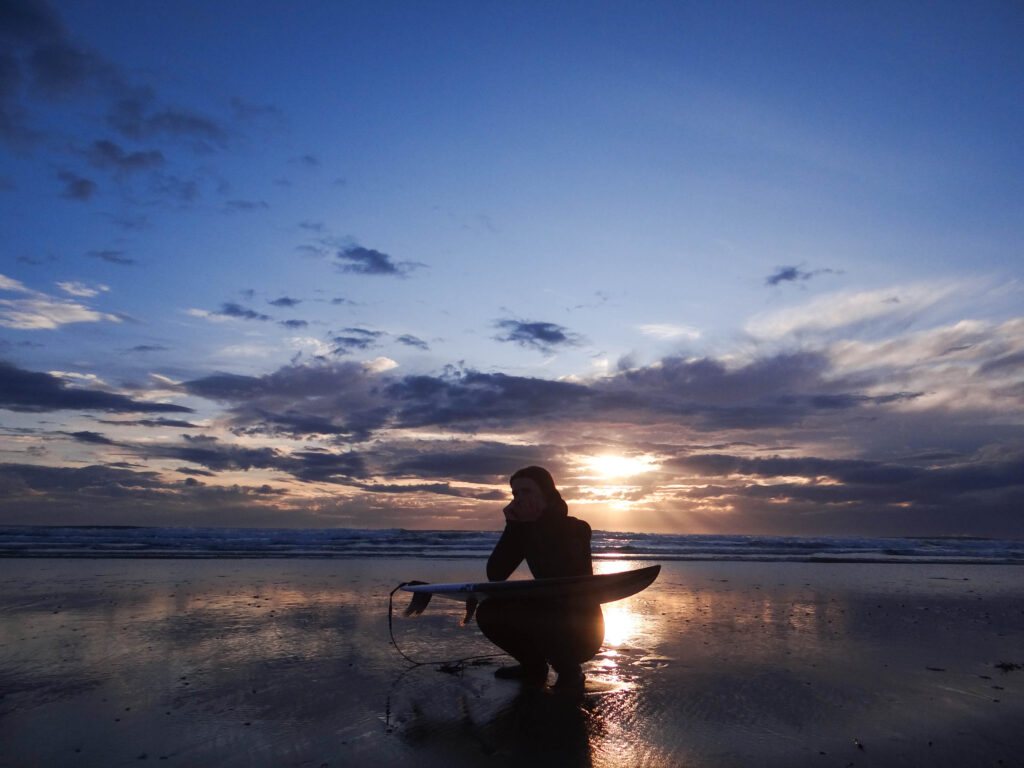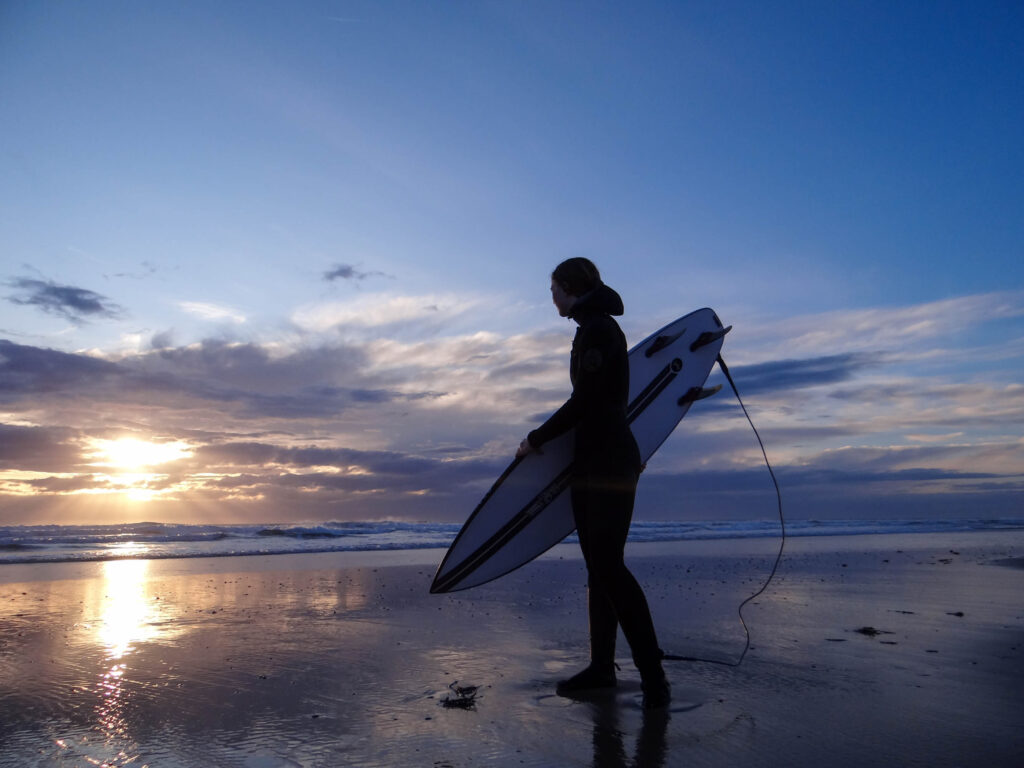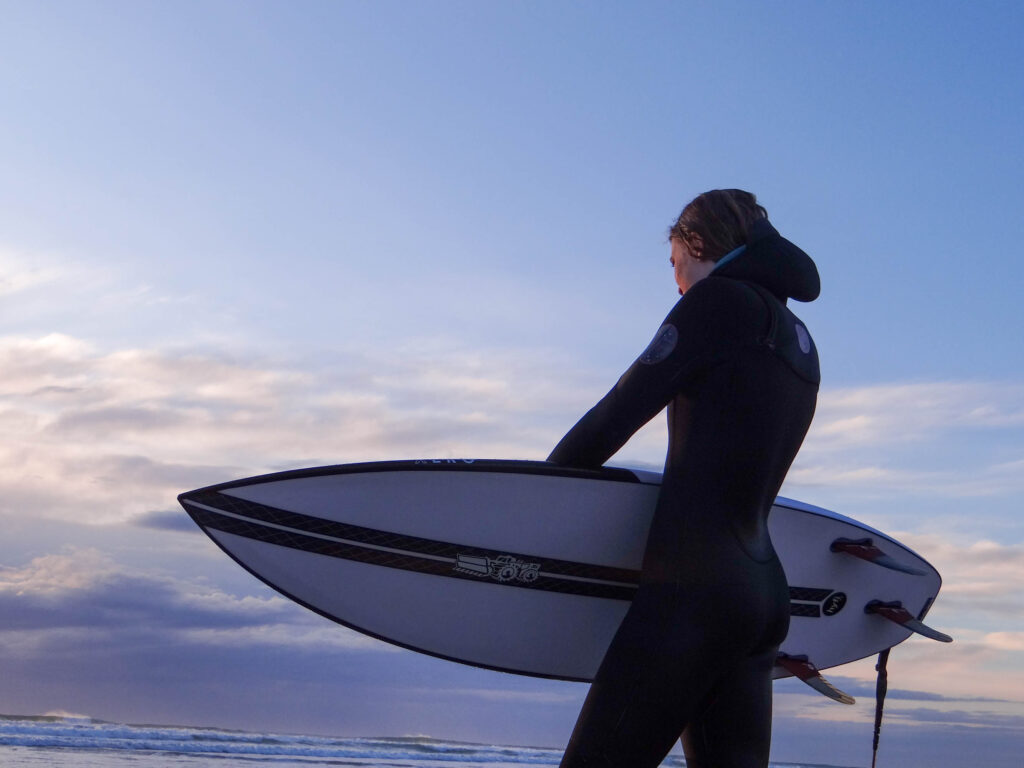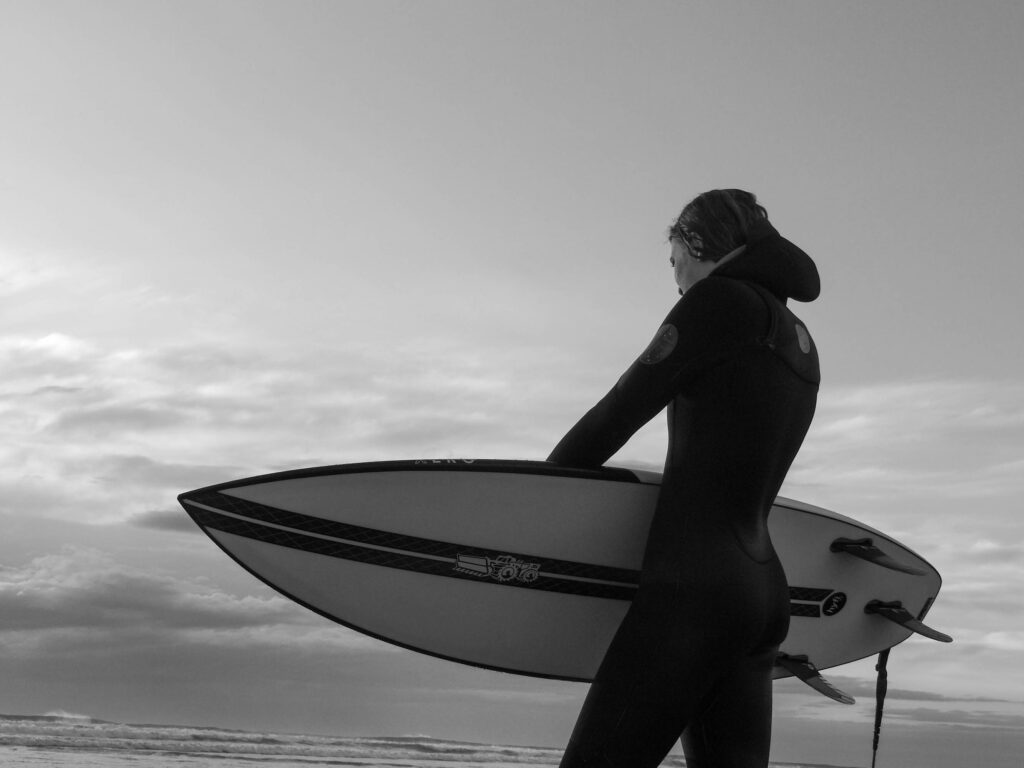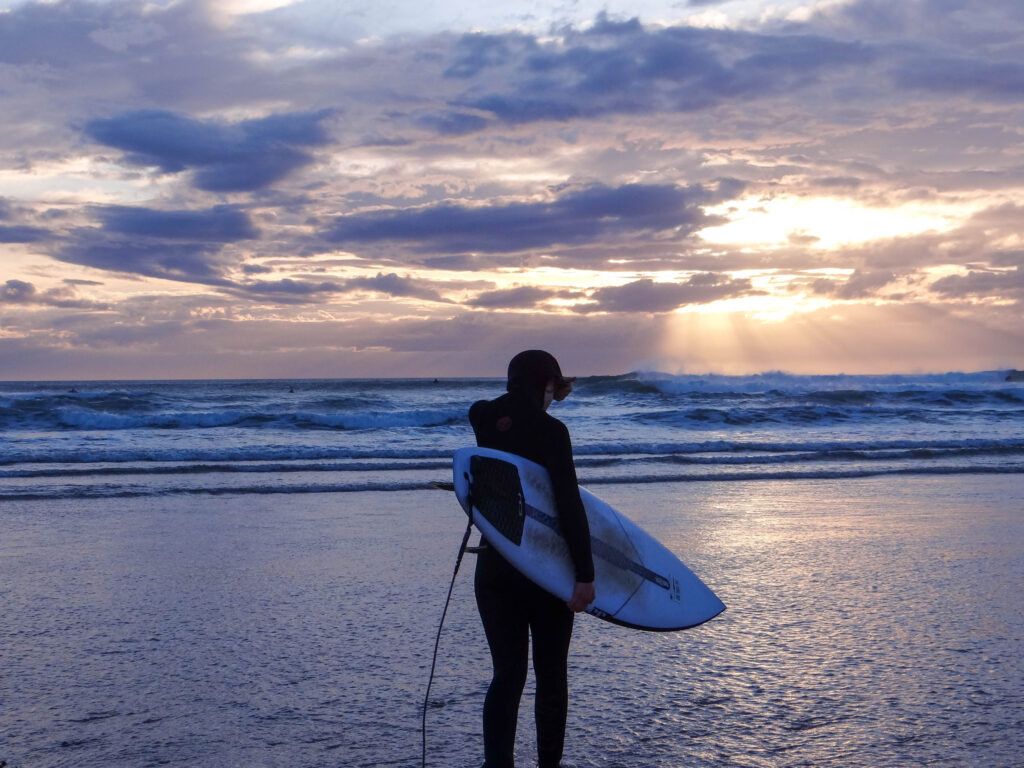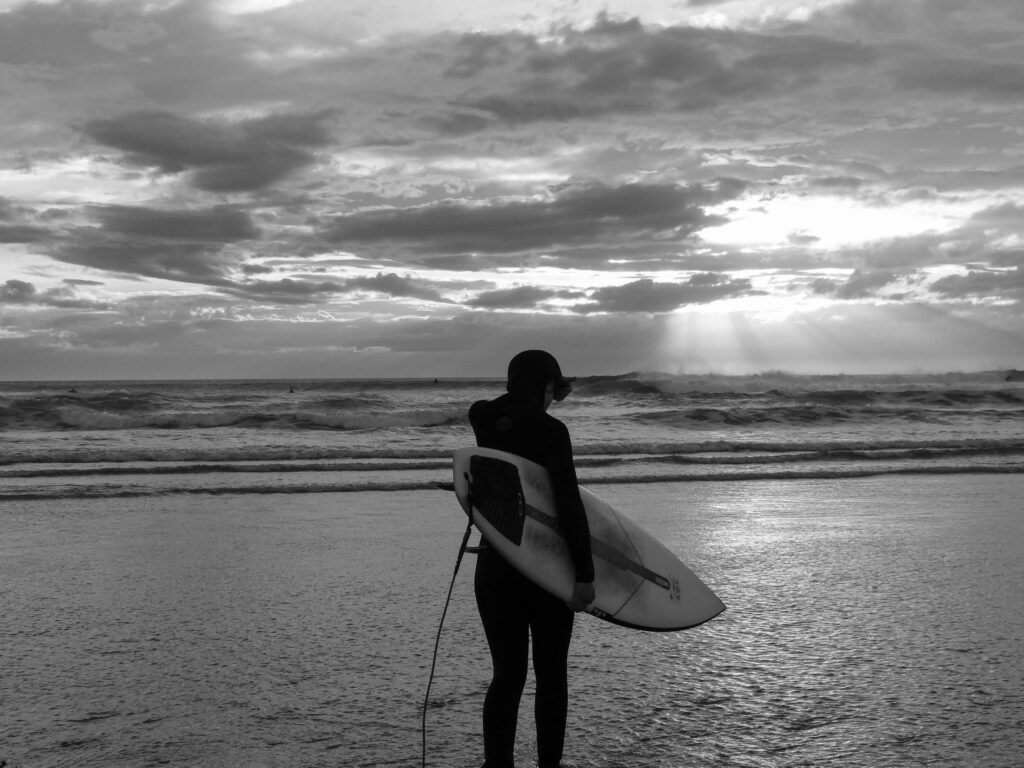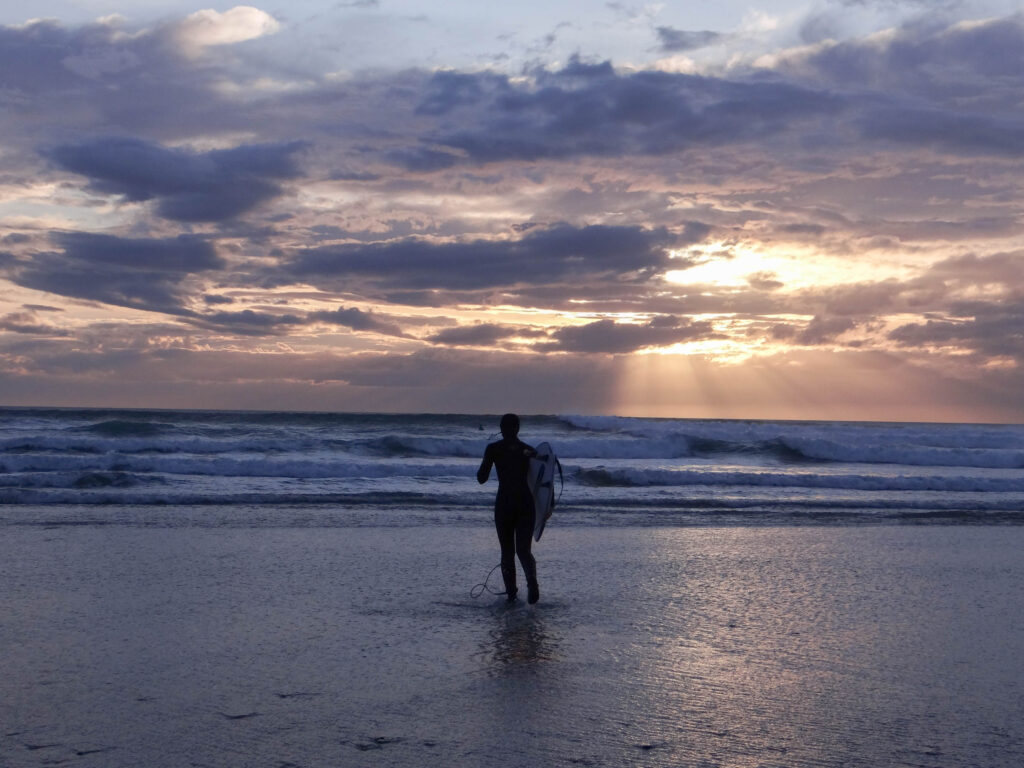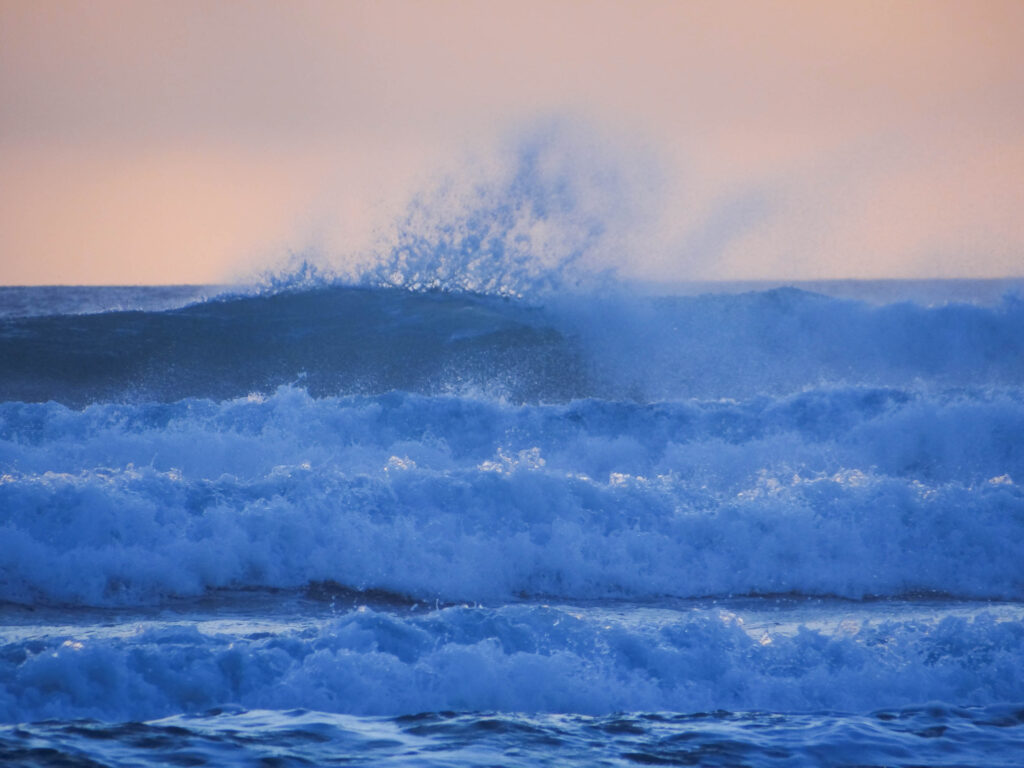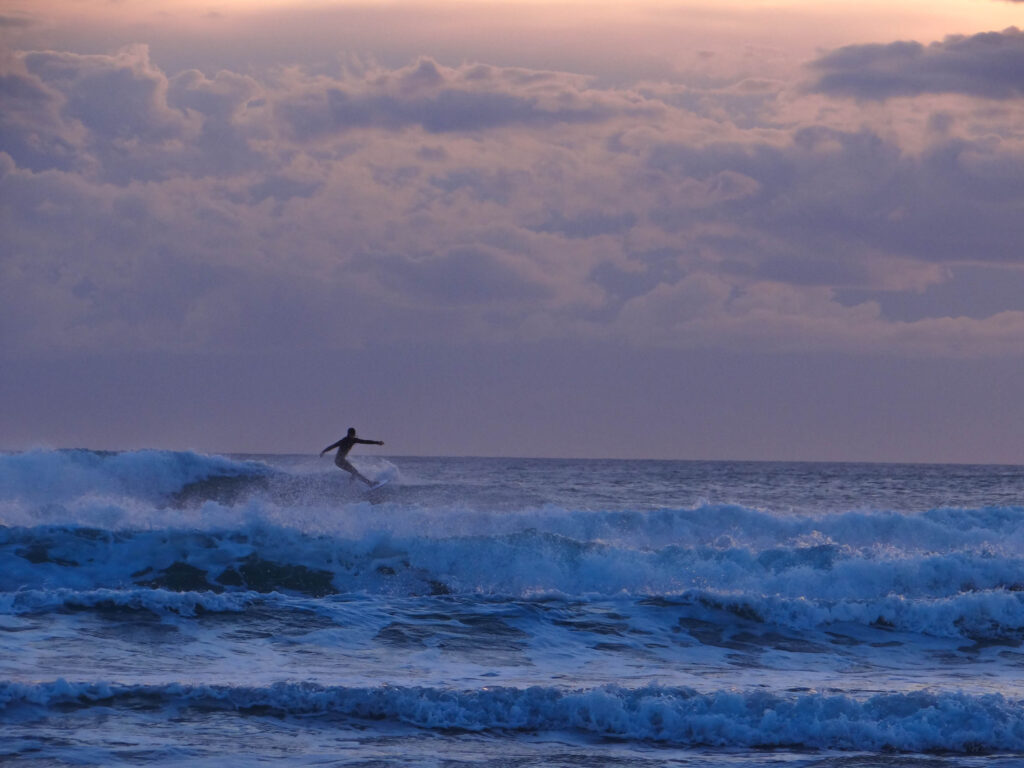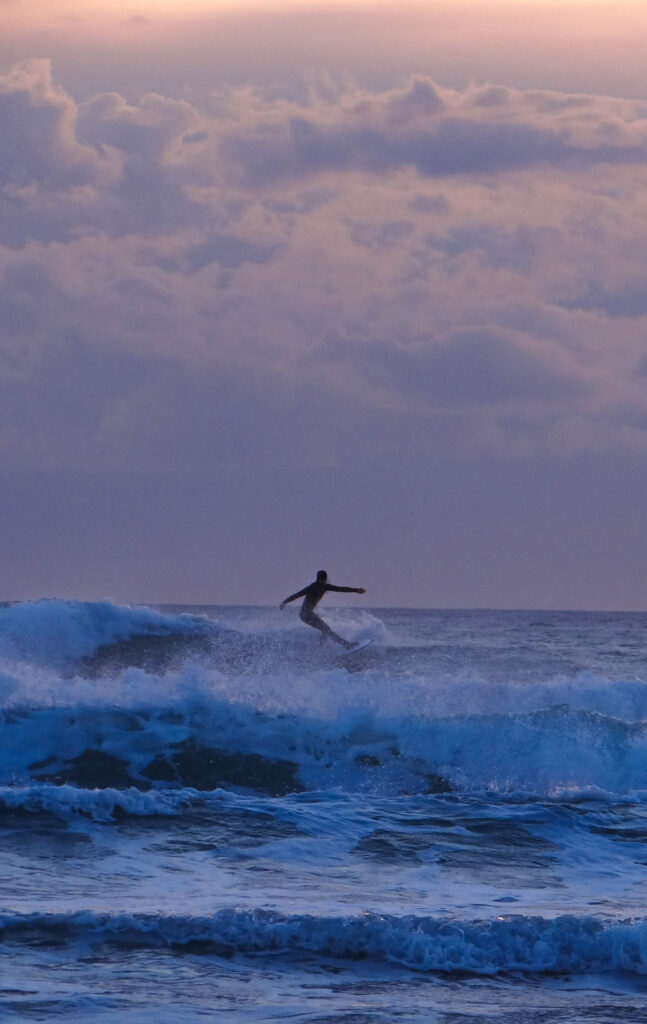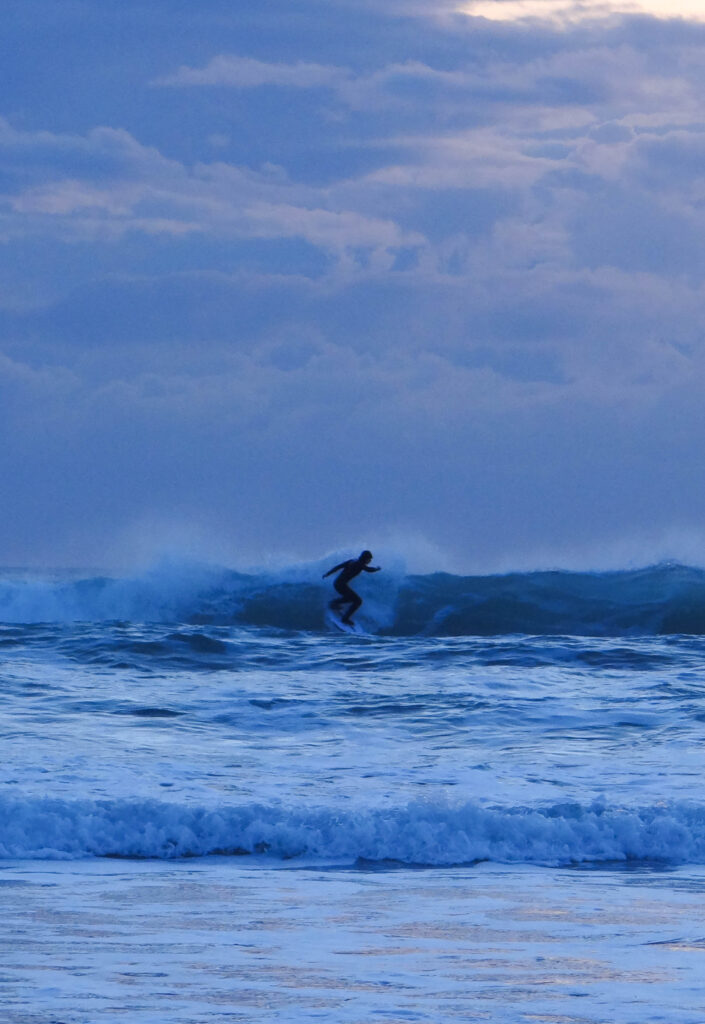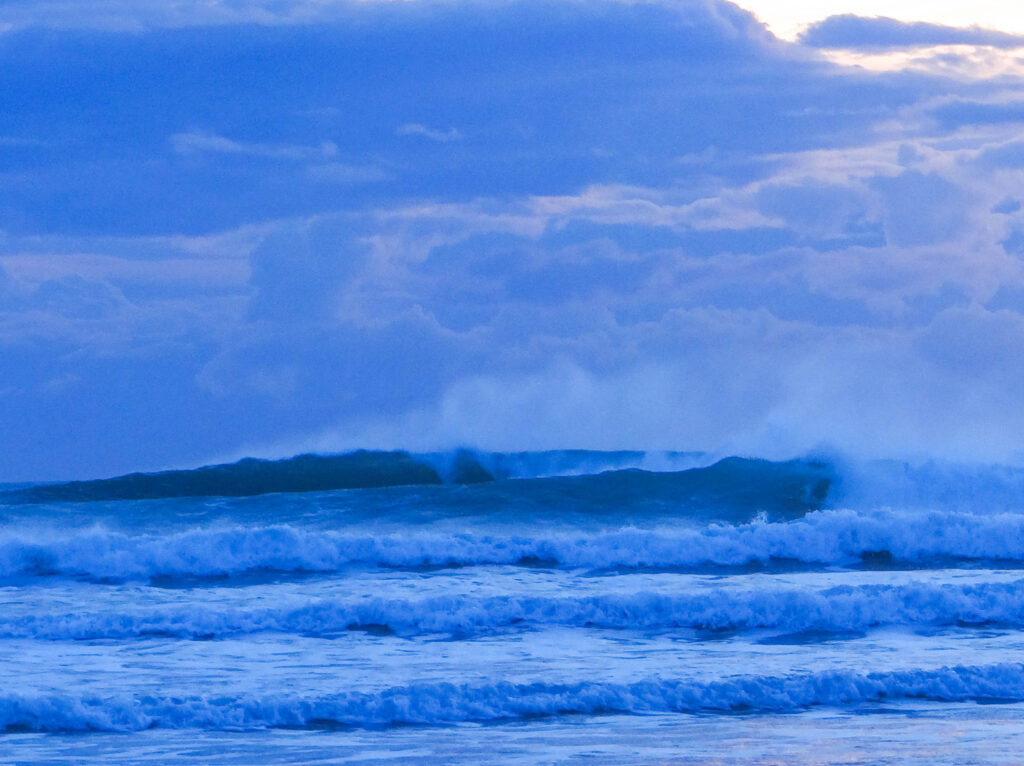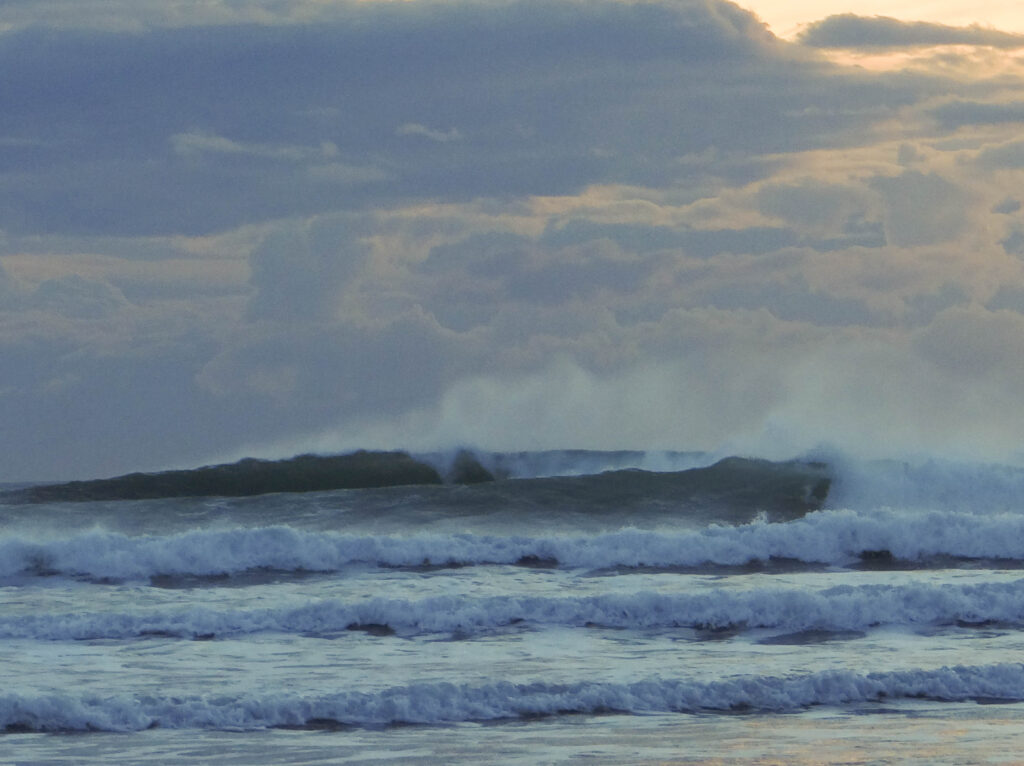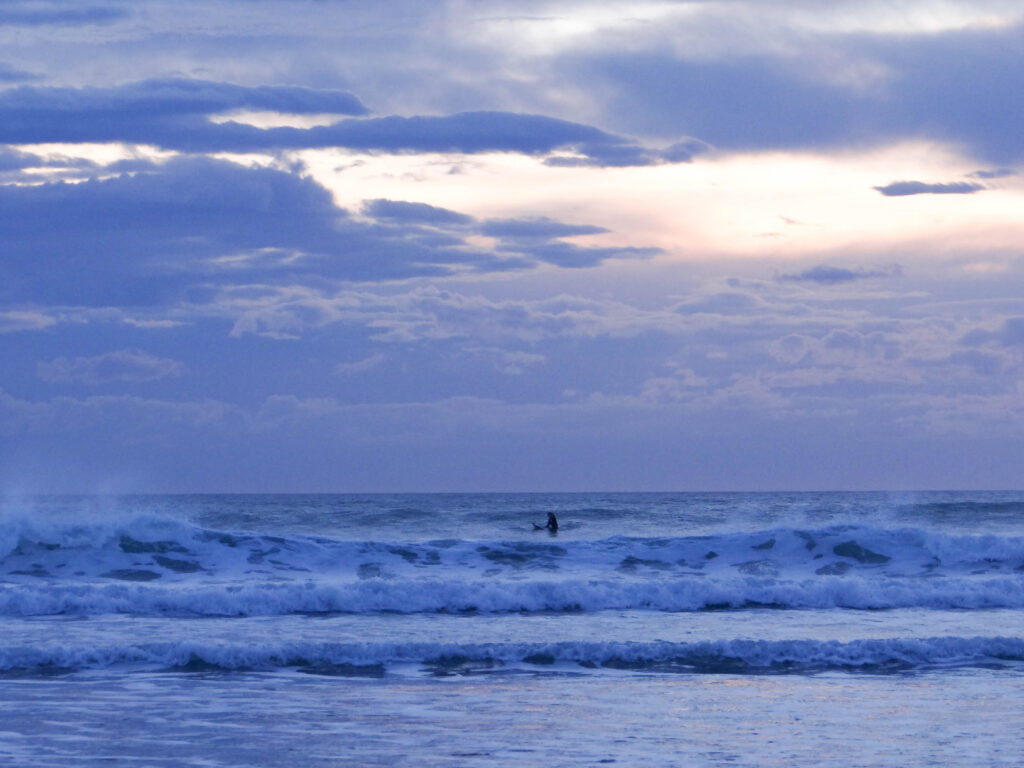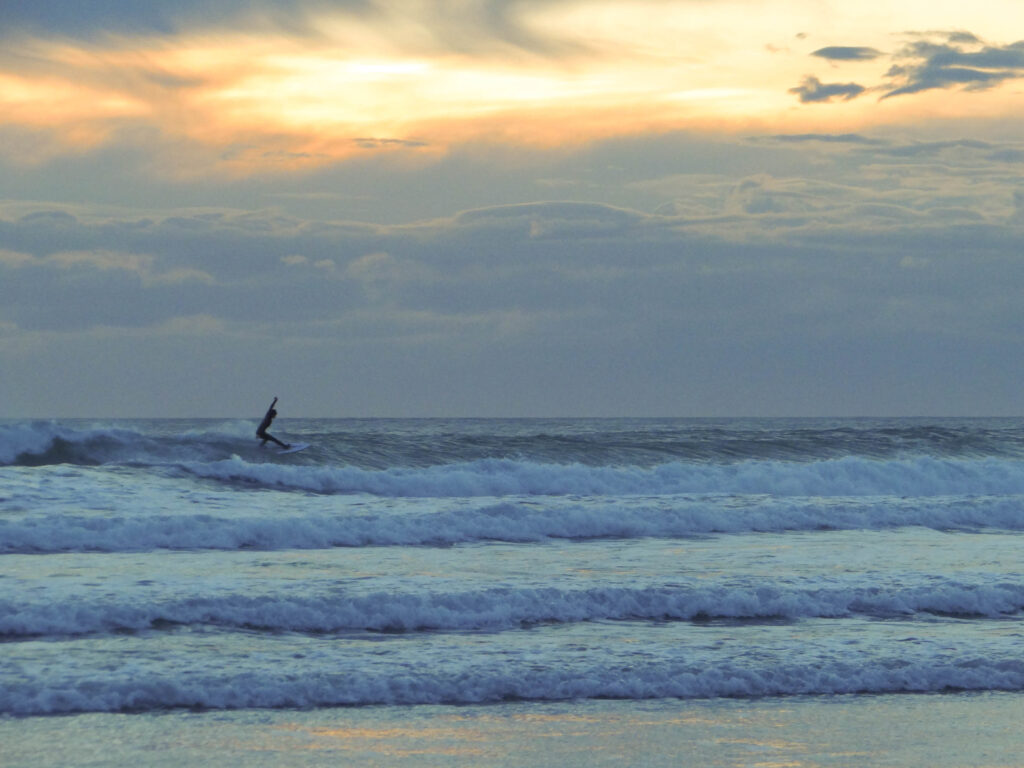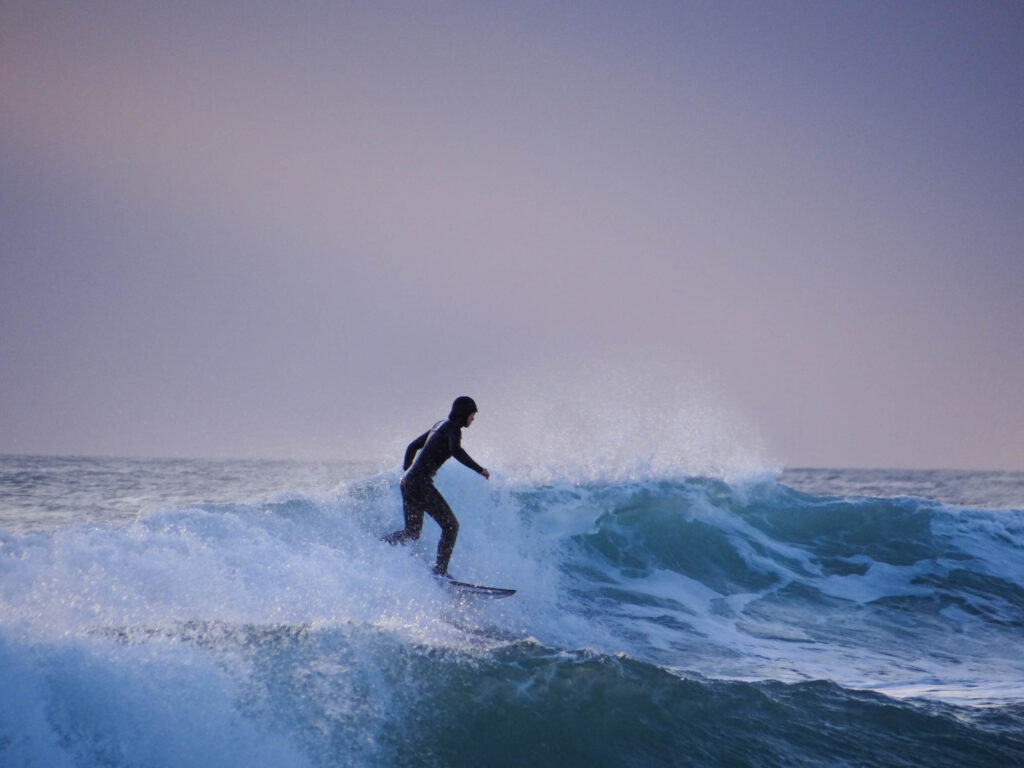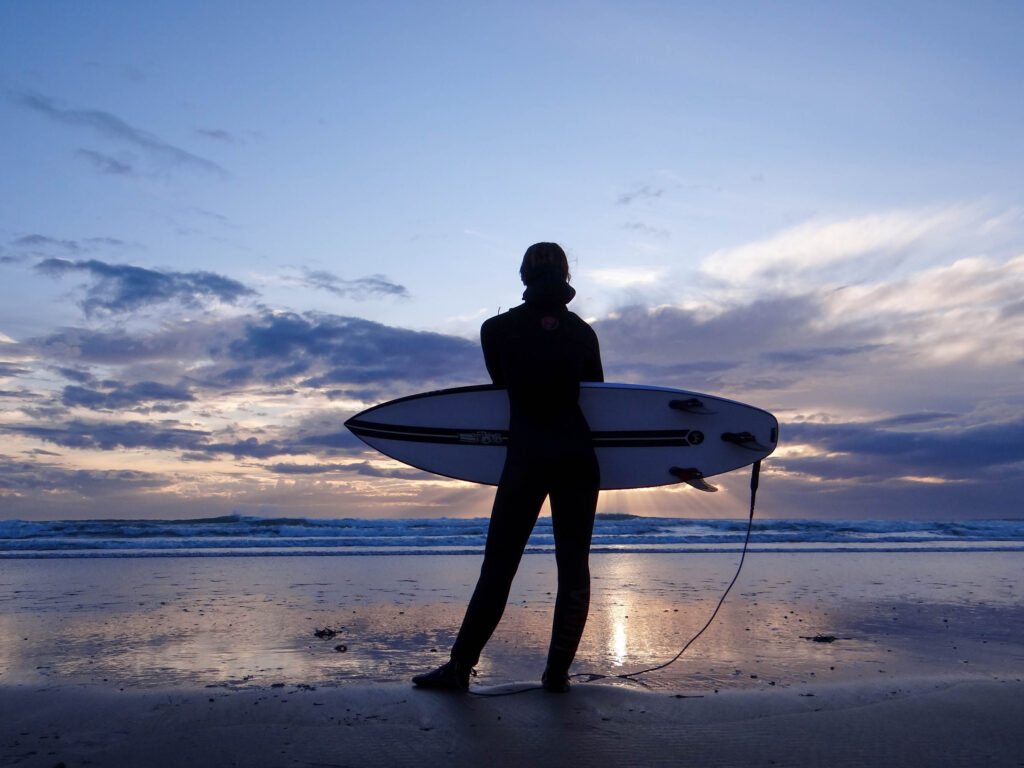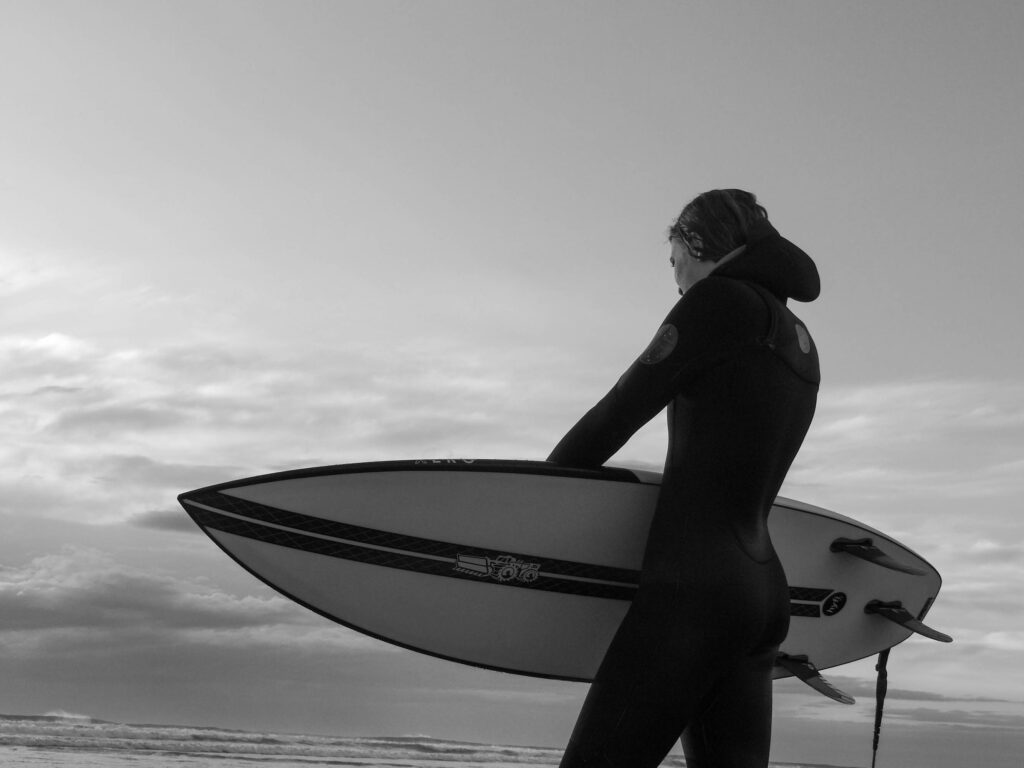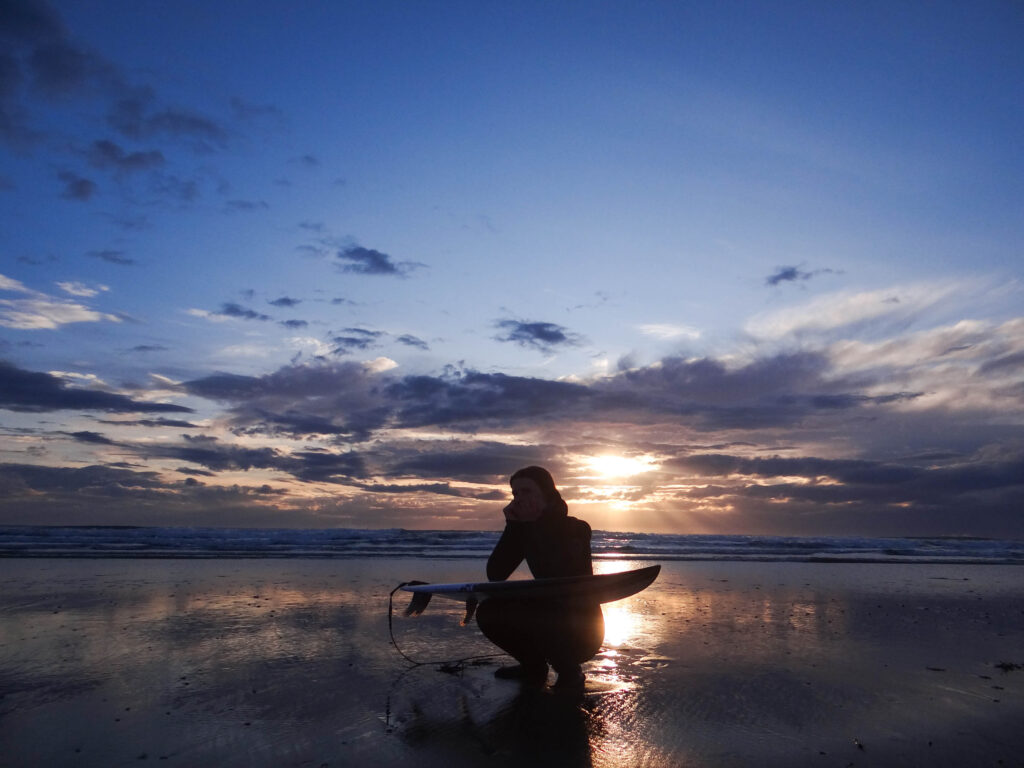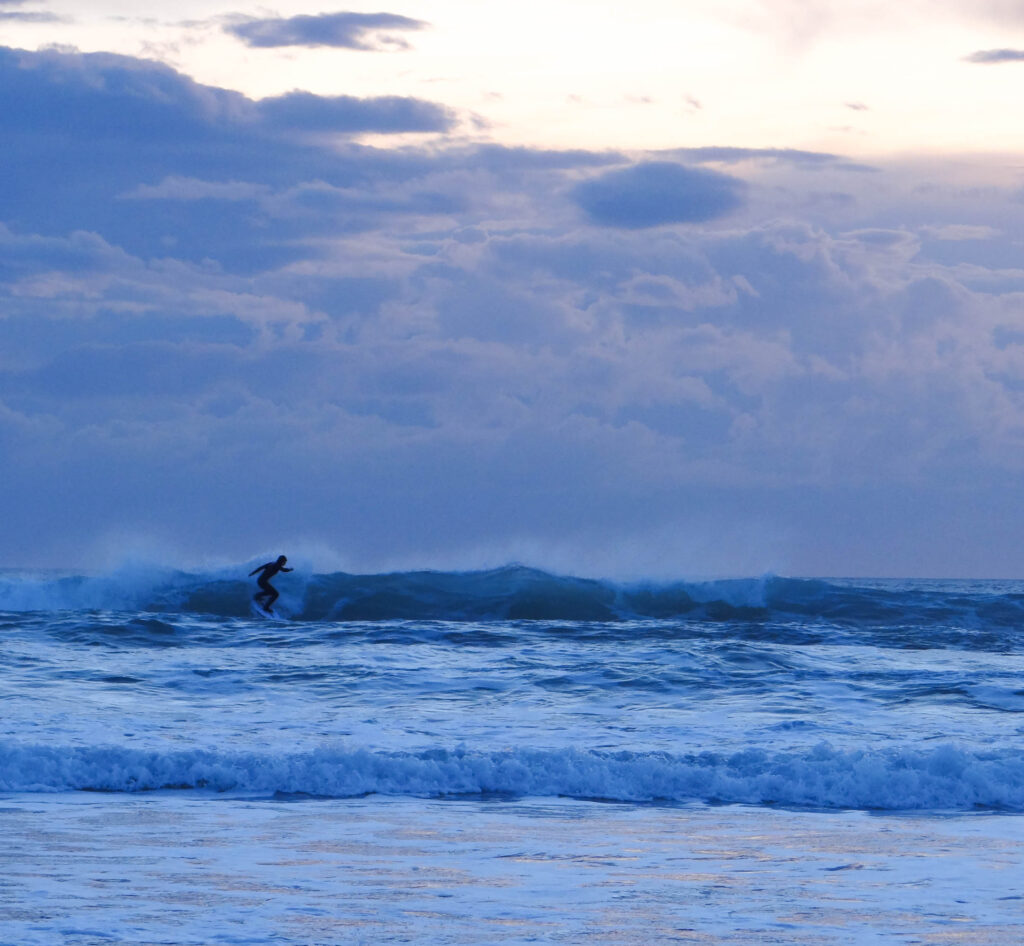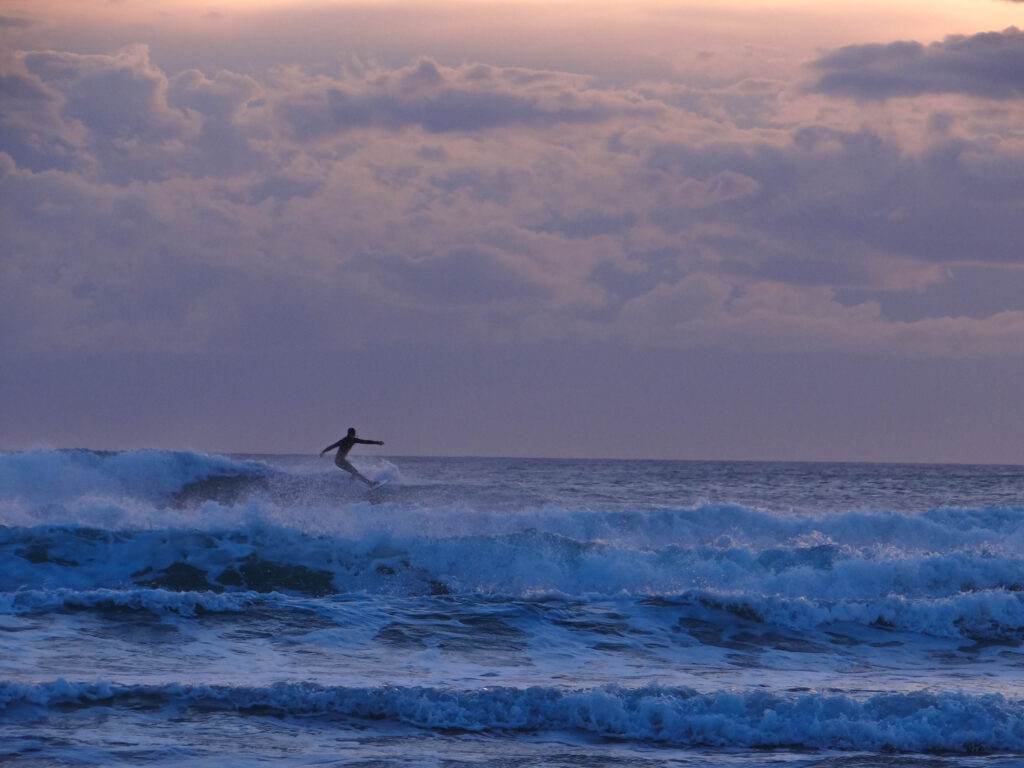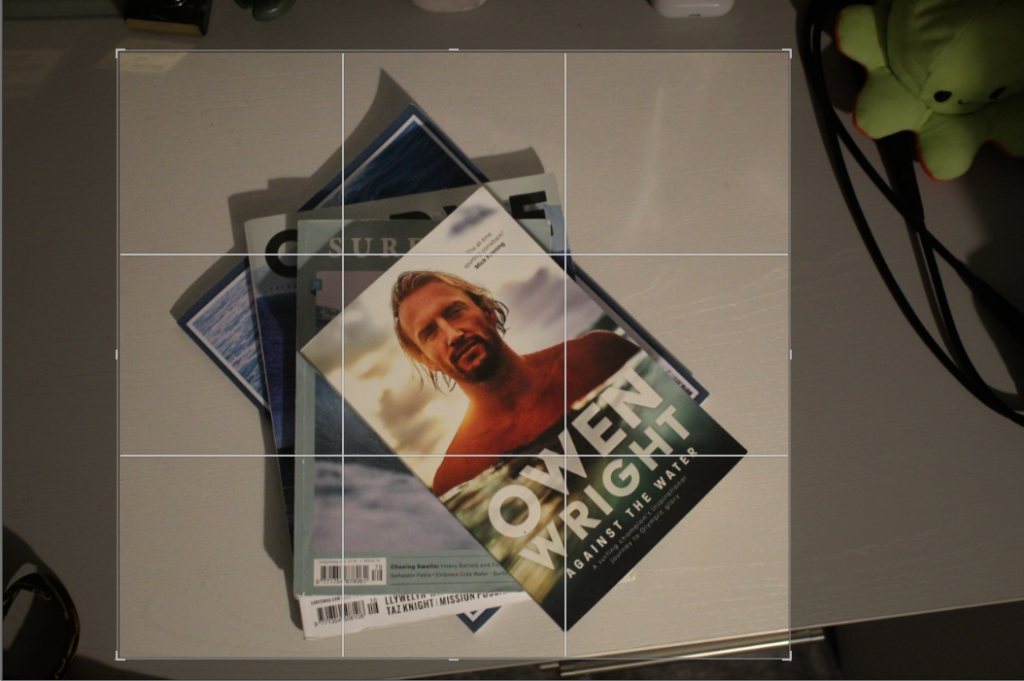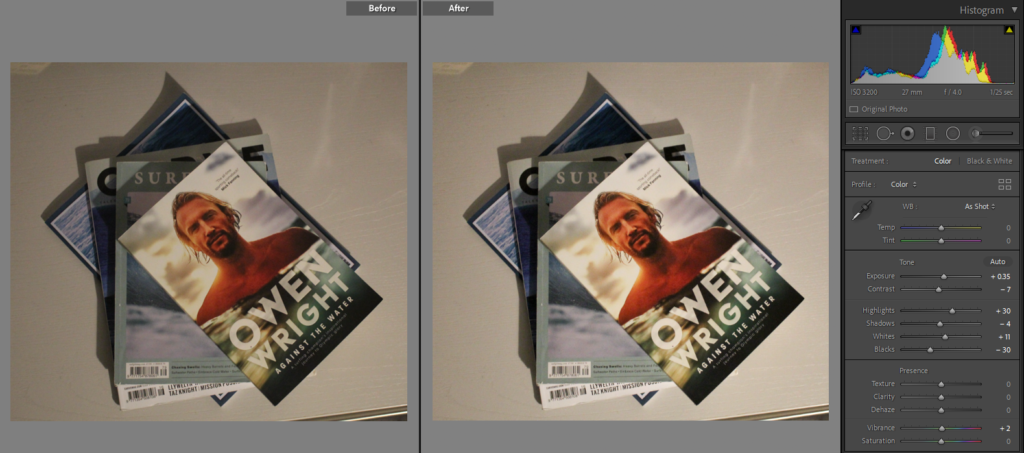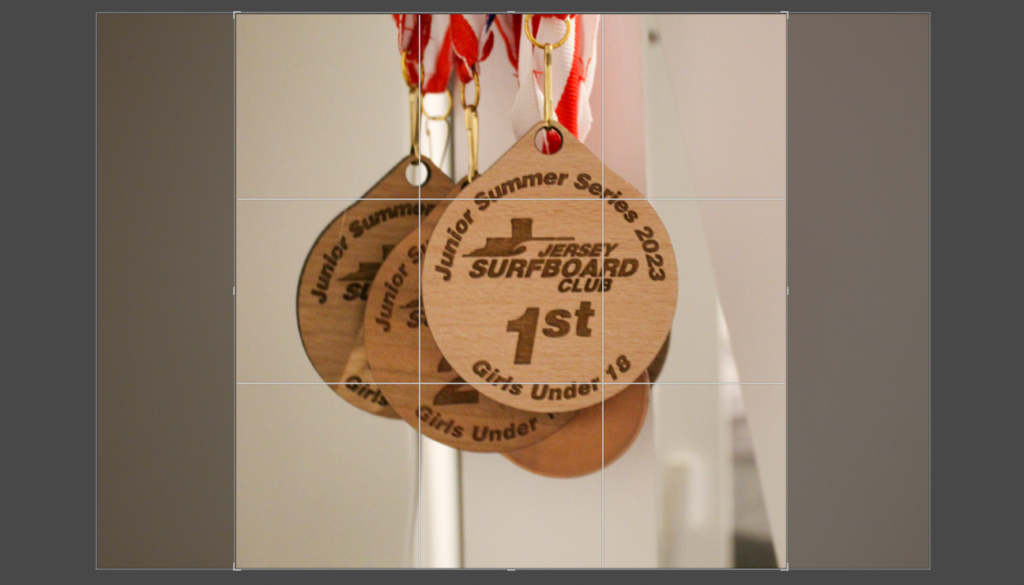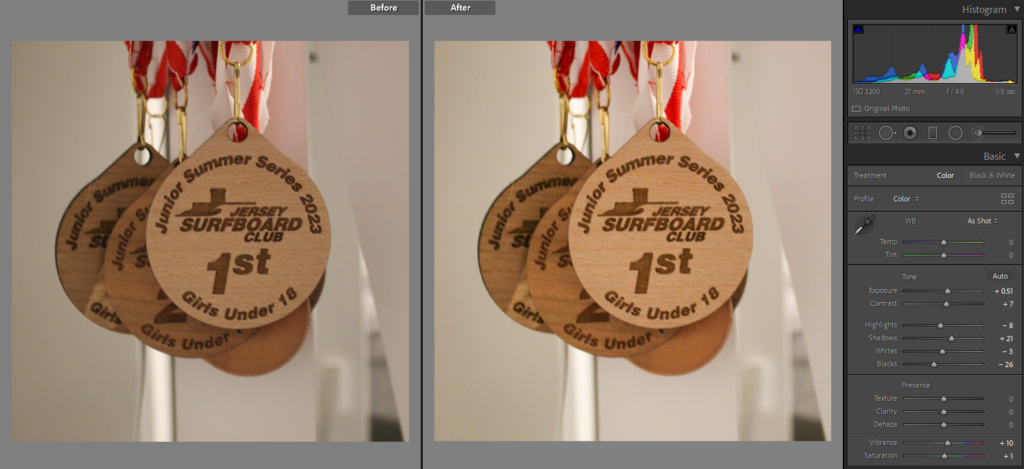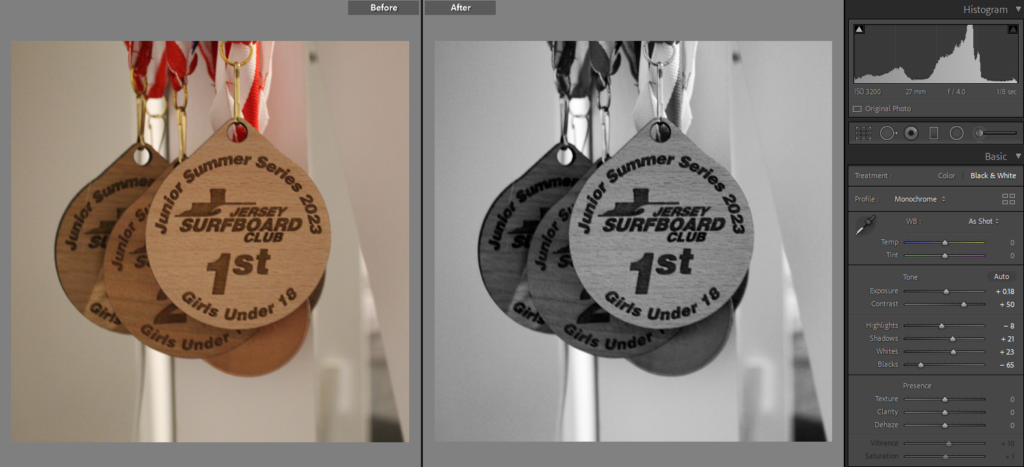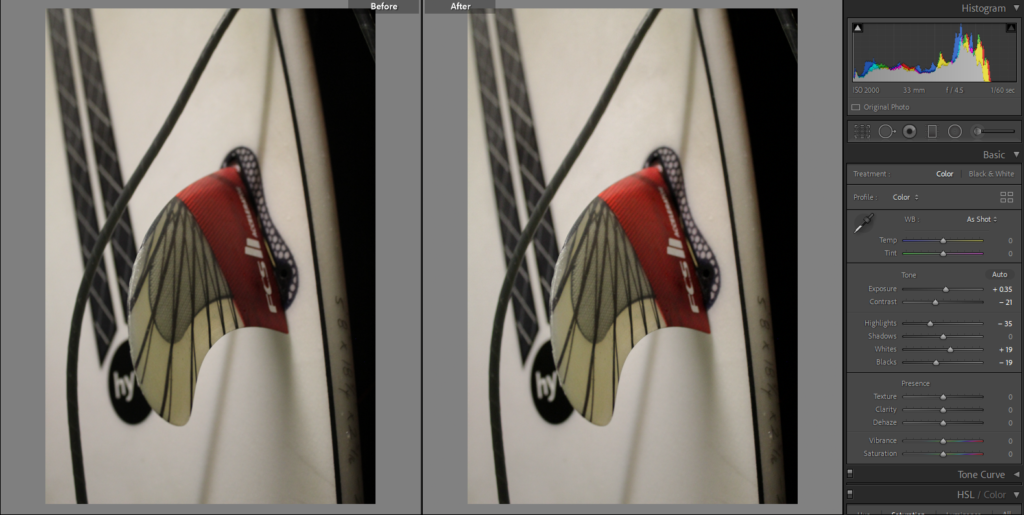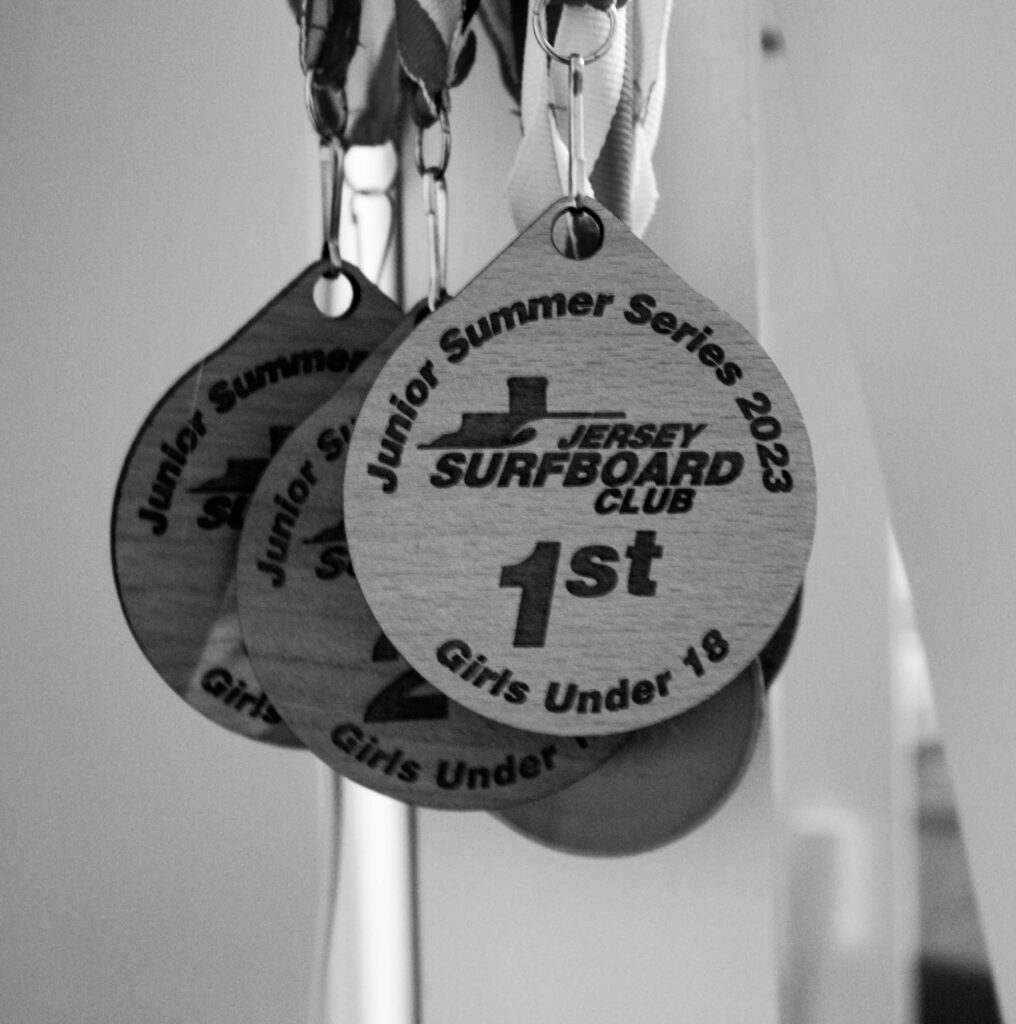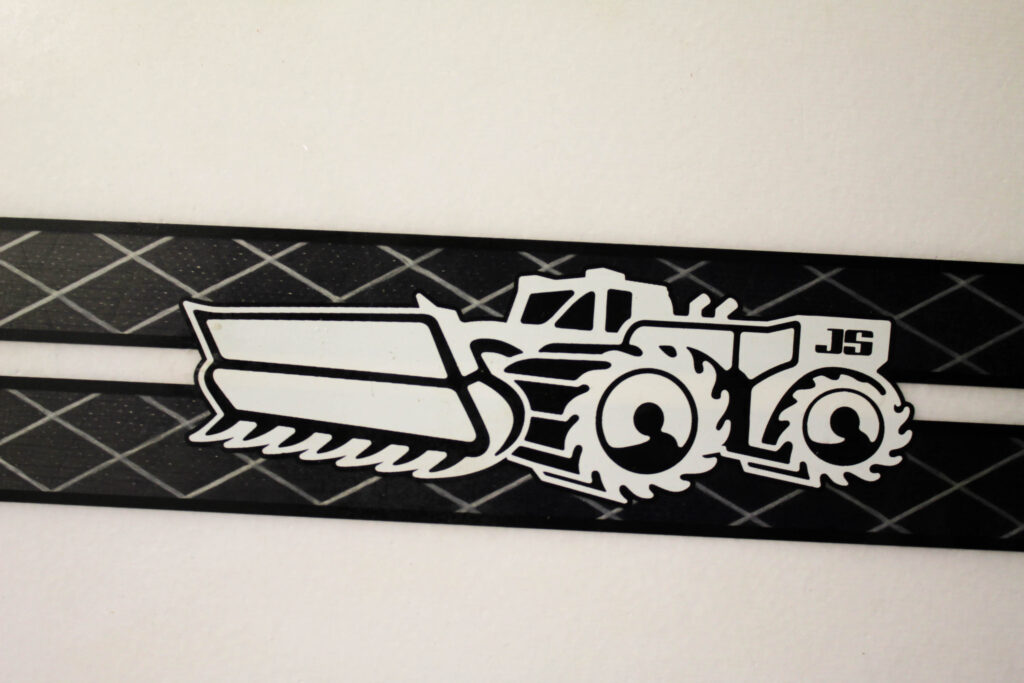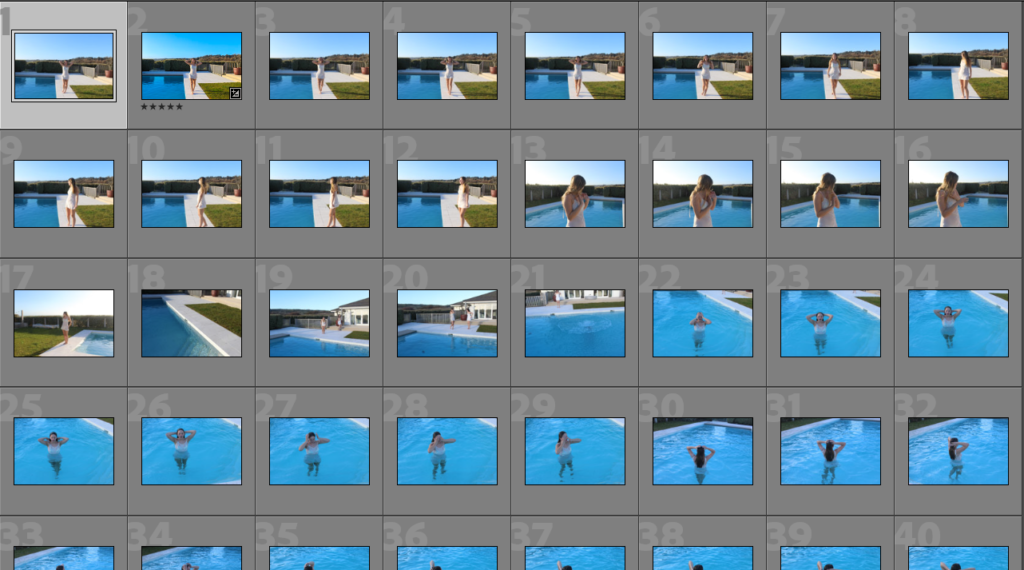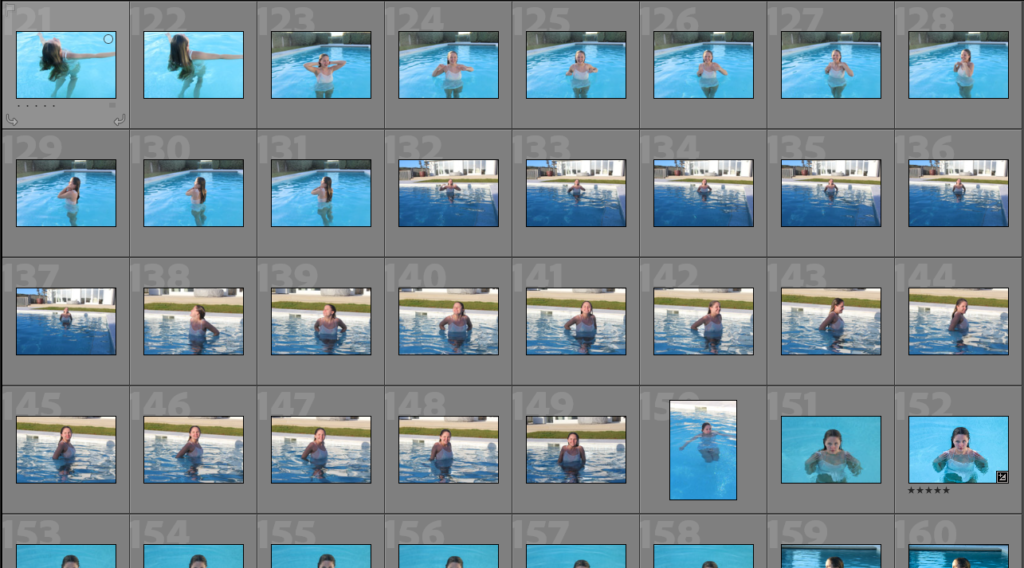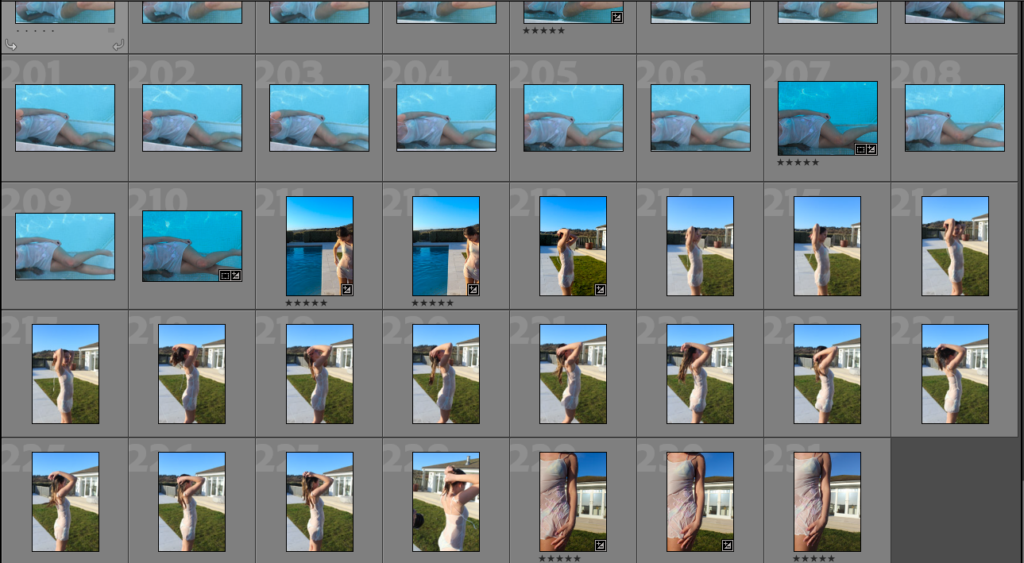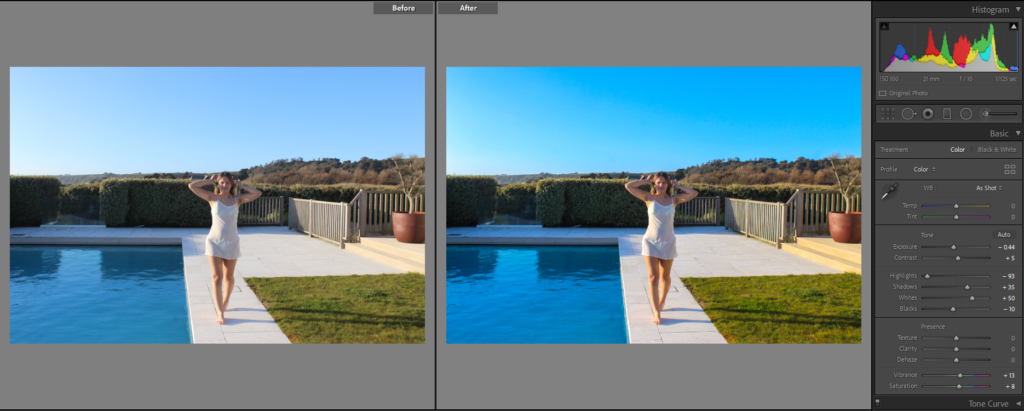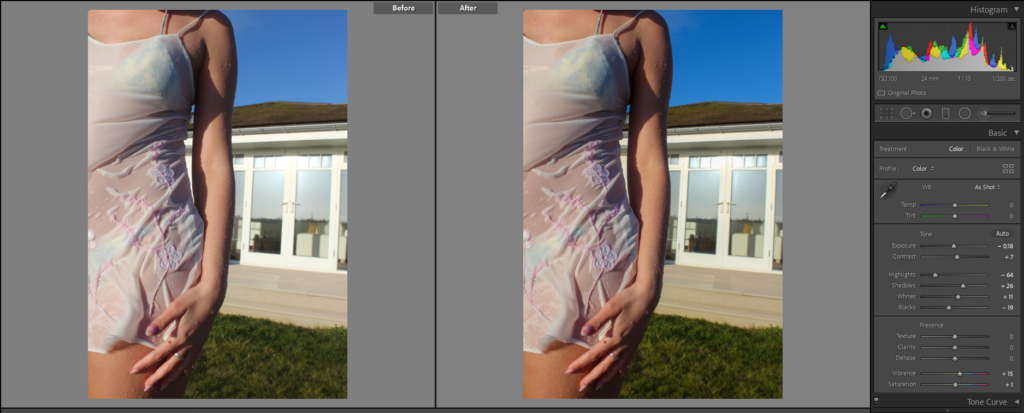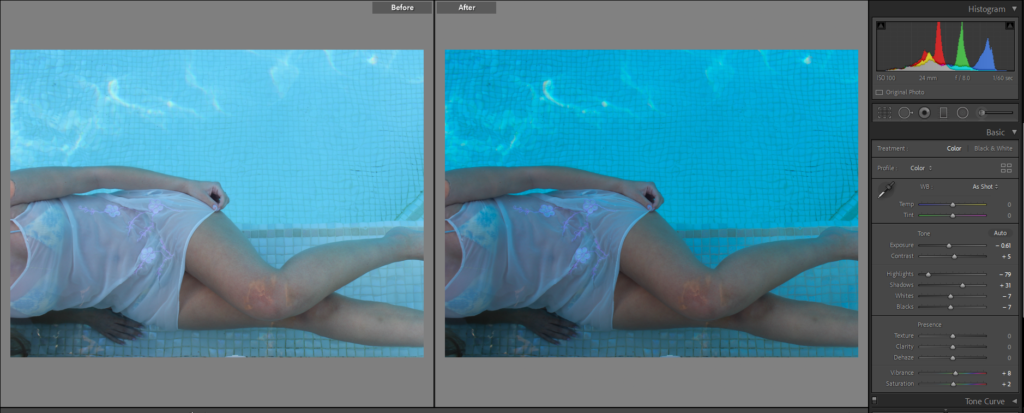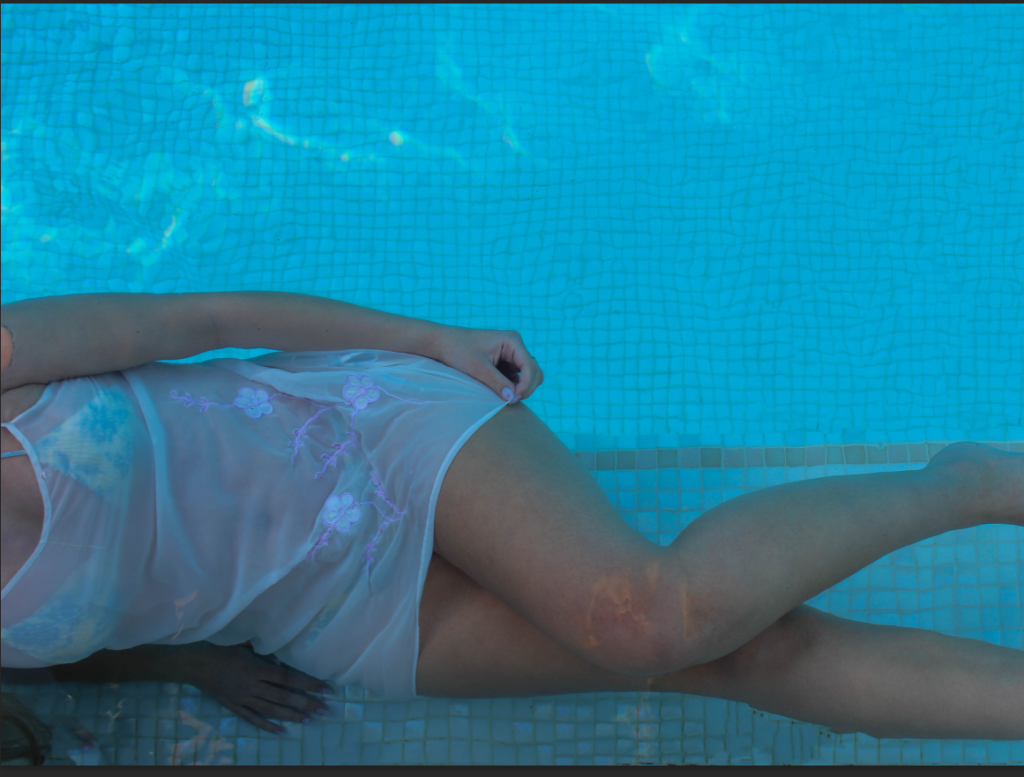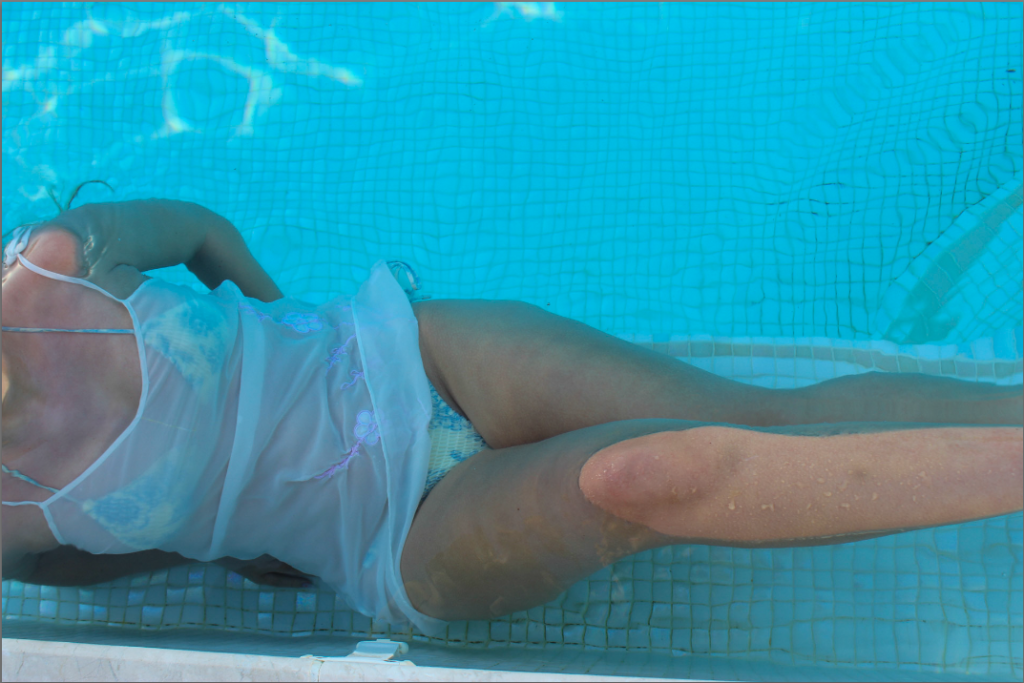The aim for my photo book narrative is going to begin with the front cover presenting a dark environment which shows half of a tunnel on one side and the other half as the back cover, this dark and confusion of the front cover, which includes spray paint on some of the cave walls which attract people eyes and want to know more. I want to start the book with including areas which aren’t easily or at all accessible to people, as a good way of showing people the liminal space where people have once been.
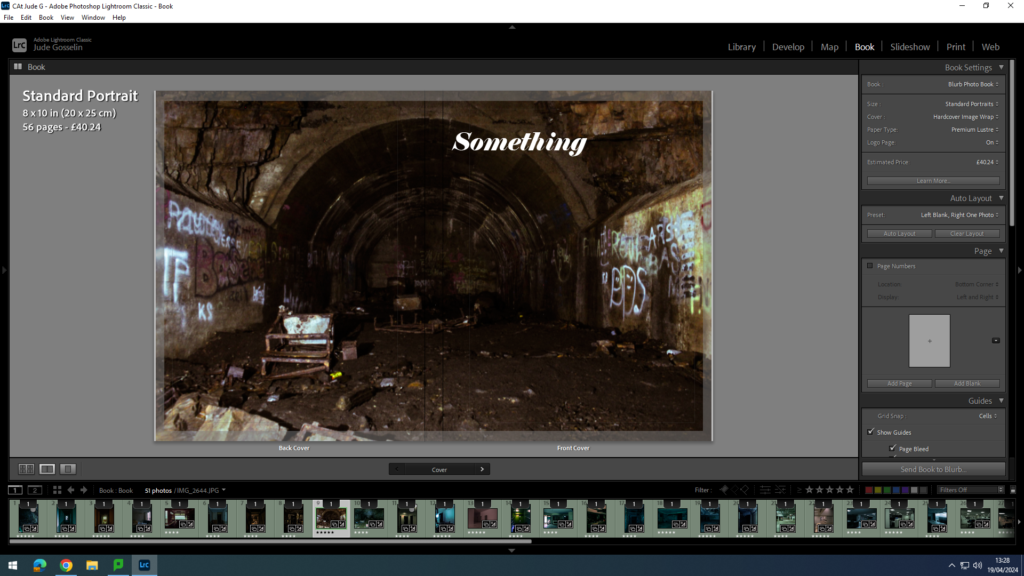
This is where the story line concept will begin, in a dark, cold, ominous cave, which will begin with a broken old rail road which leads you into the darkness. This is supposed to cause confusion, and for people to become more interested in what other pictures there are, which will lead people further into the book.

There will be a common theme of emptiness, but also familiarity within the images because I want to lead the images from abandonment and emptiness to a close familiarity with places that people use a lot but are as if people had just disappeared, where caves are common in jersey along with abandoned areas, however little people know about it.

I aim for my images to convey a sense of interest to people but also an uncomfortable and familiar effect. Which links even closer to “liminal space”, as its emotional effect on people is to present uncertainty and also a slight sense of nostalgia or familiarity within anxiety. Like a cluster of emotion sparking off at different or the same time.

My story line will be a never ending one where there is no real beginning or end in the environments / areas I am capturing, rather it will show the places we pass by and don’t think about again till we see it, like the hidden past. Images like these sculptures I have made will be very familiar because of its shapes but also have never been seen before by people.
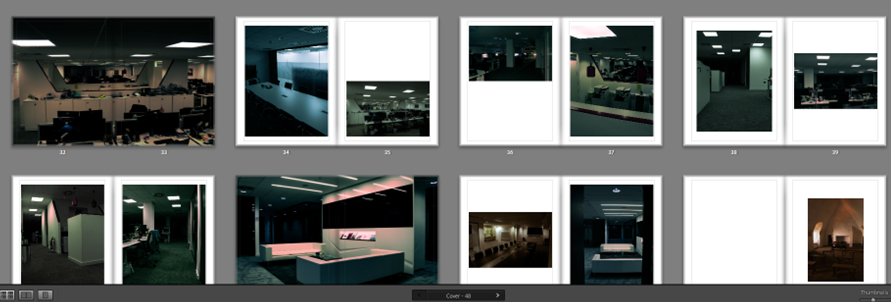
Lastly, the images of a vacant office will be shown, as a way of representing where commonly most people, (especially in jersey) will be placed for a big majority of their life.
I find the concept of liminal space interesting because of its ability to be everywhere, but for it to FEEL more like a liminal space, you have to adjust the environment, or the image of the environment. It also interests me how liminal space is seen through emotional transitions, and can be represented within or because of the image.
The overall aim for this type of layout is to present the reverse of decay within liminal space, and how we seek nostalgia to go into the past, This is why the narrative starts in a cave, because it is a very old area which has been there for a long time untouched, and then slowly go to abandoned areas which are slightly less older environments, to then an office which is where people are most of their middle aged life, and gradually to a play area where people would visit as a kid.
